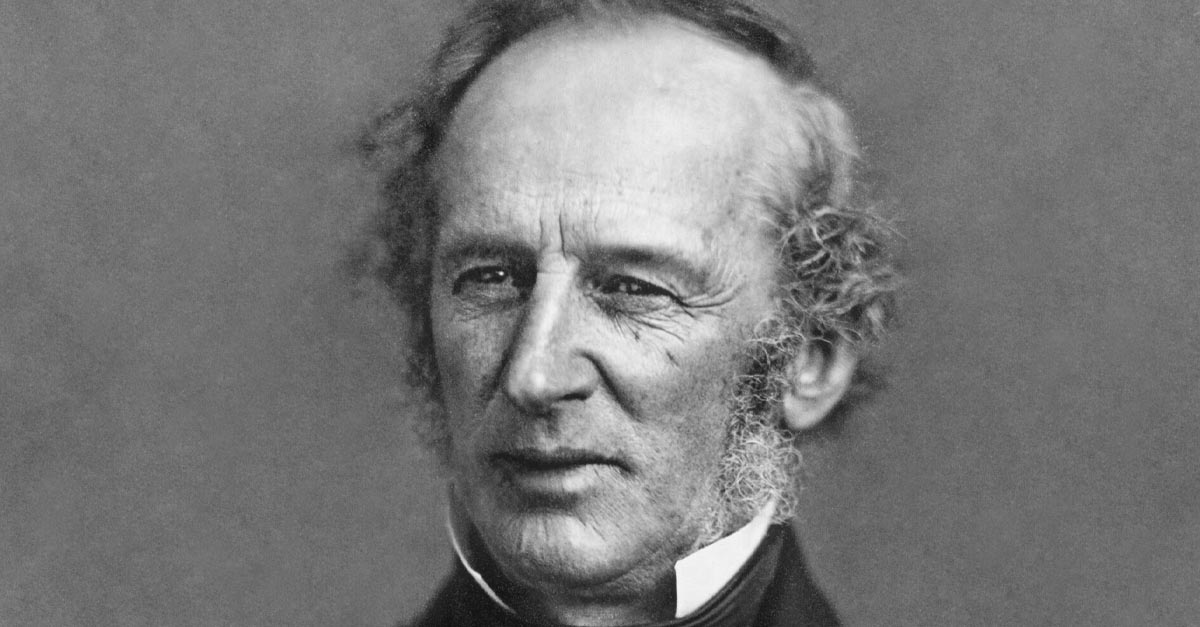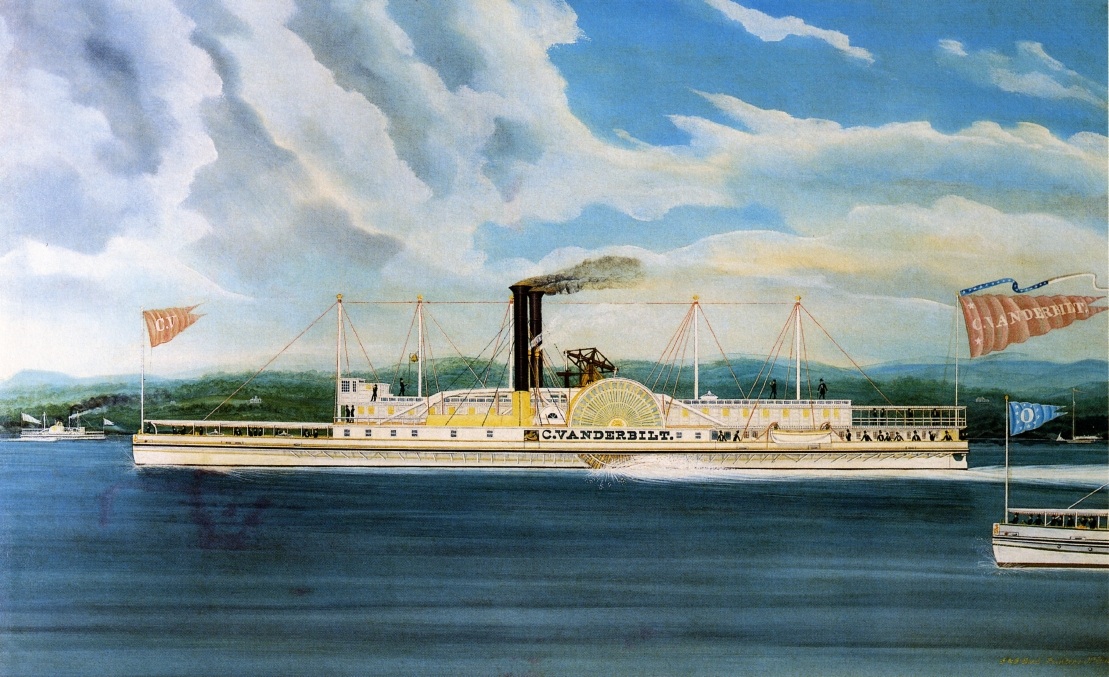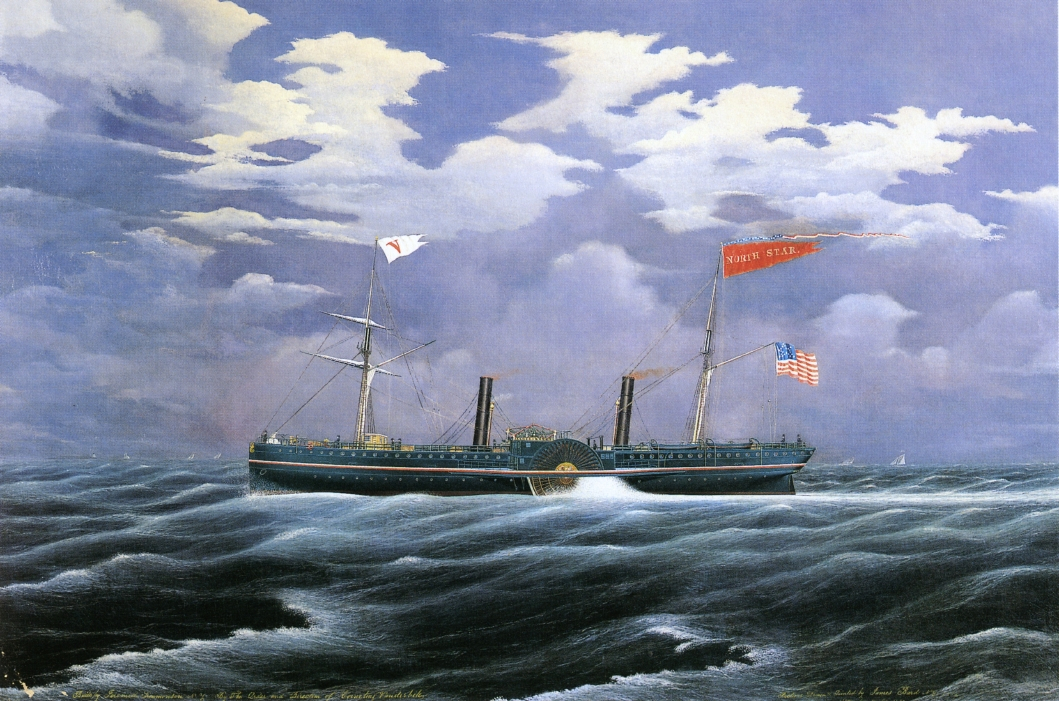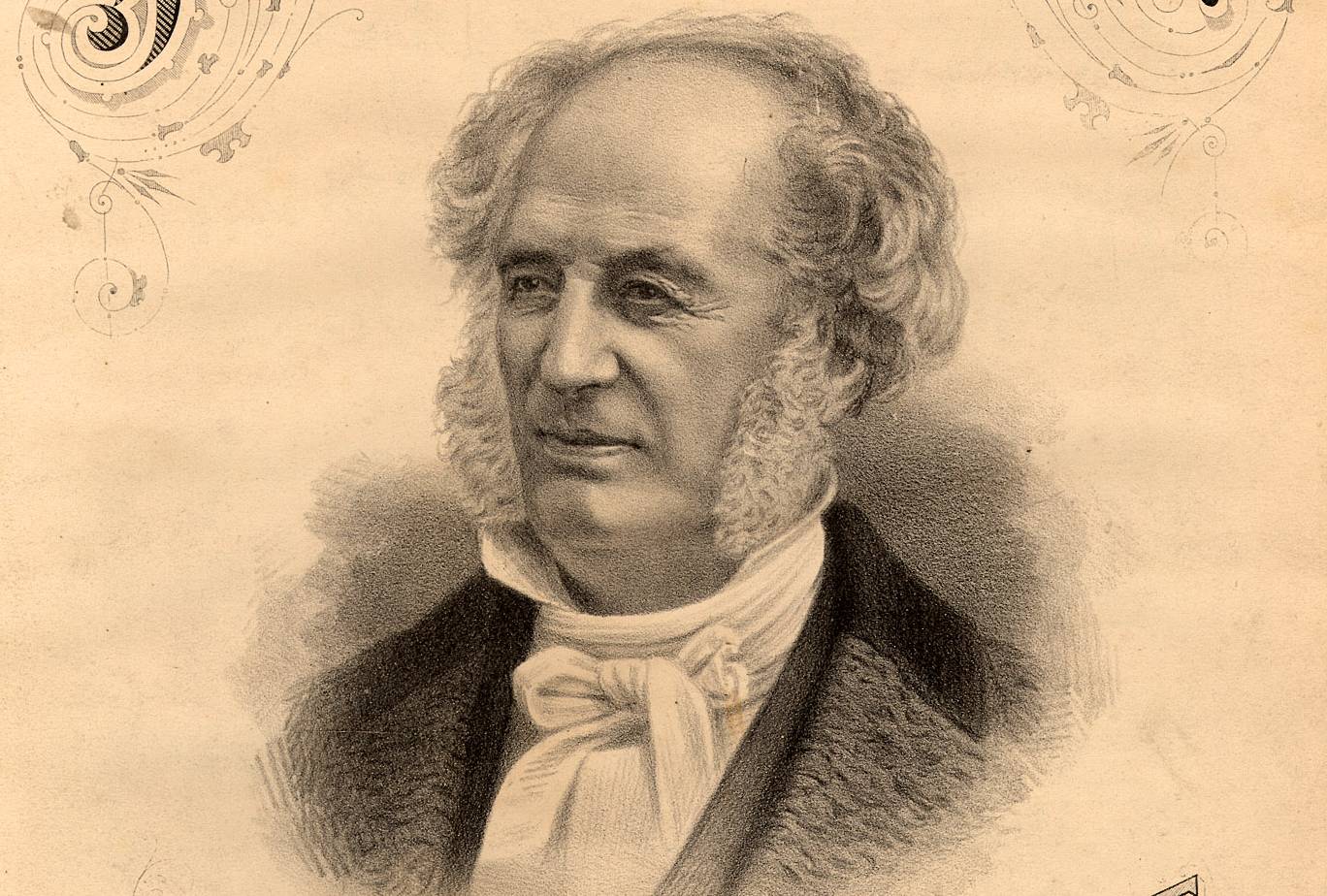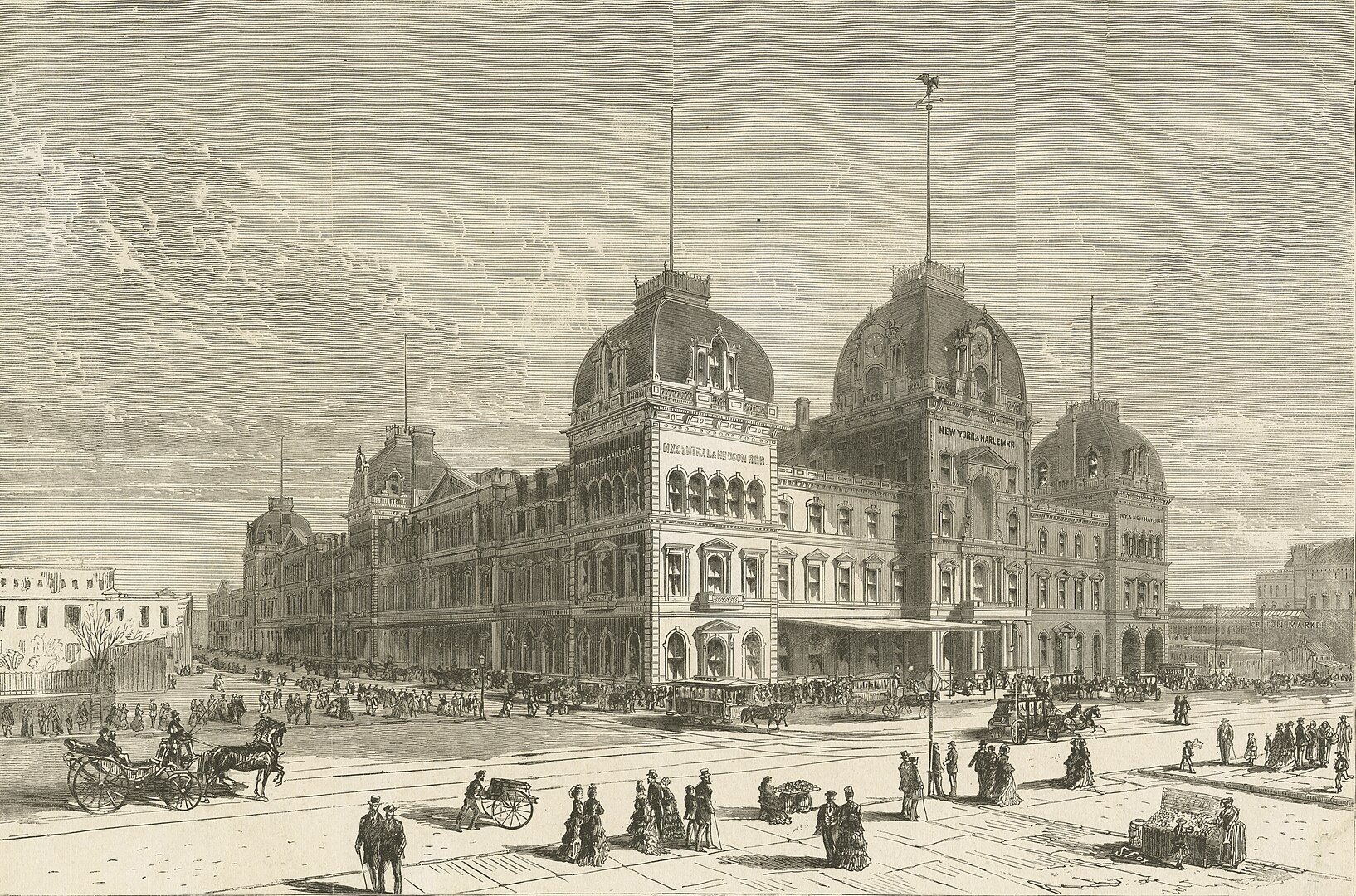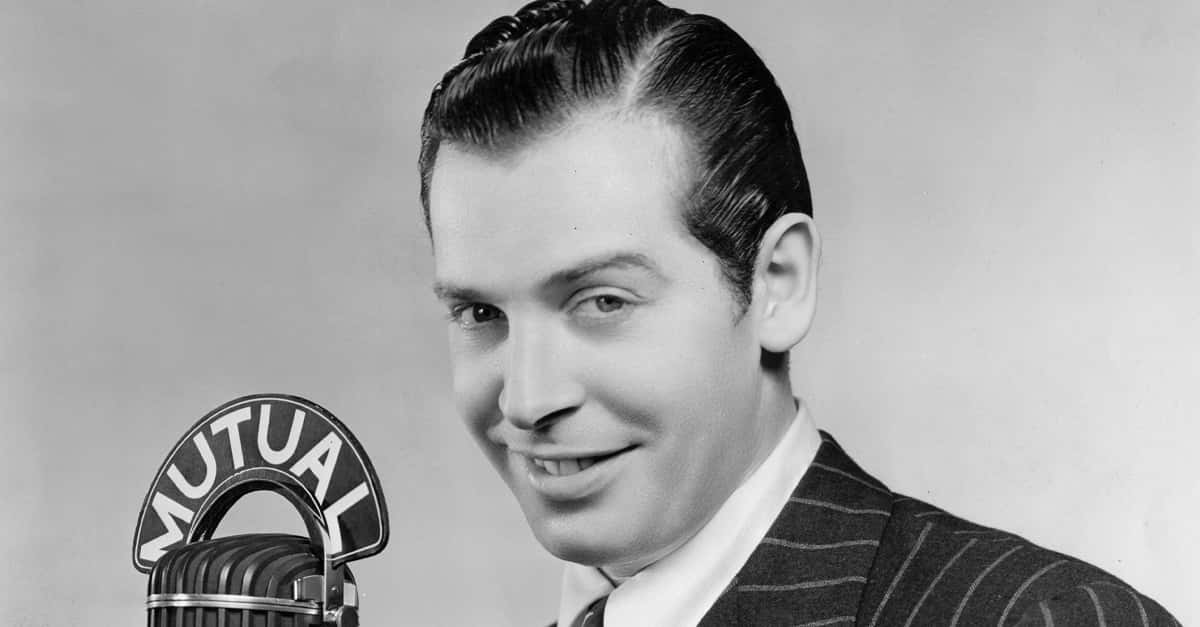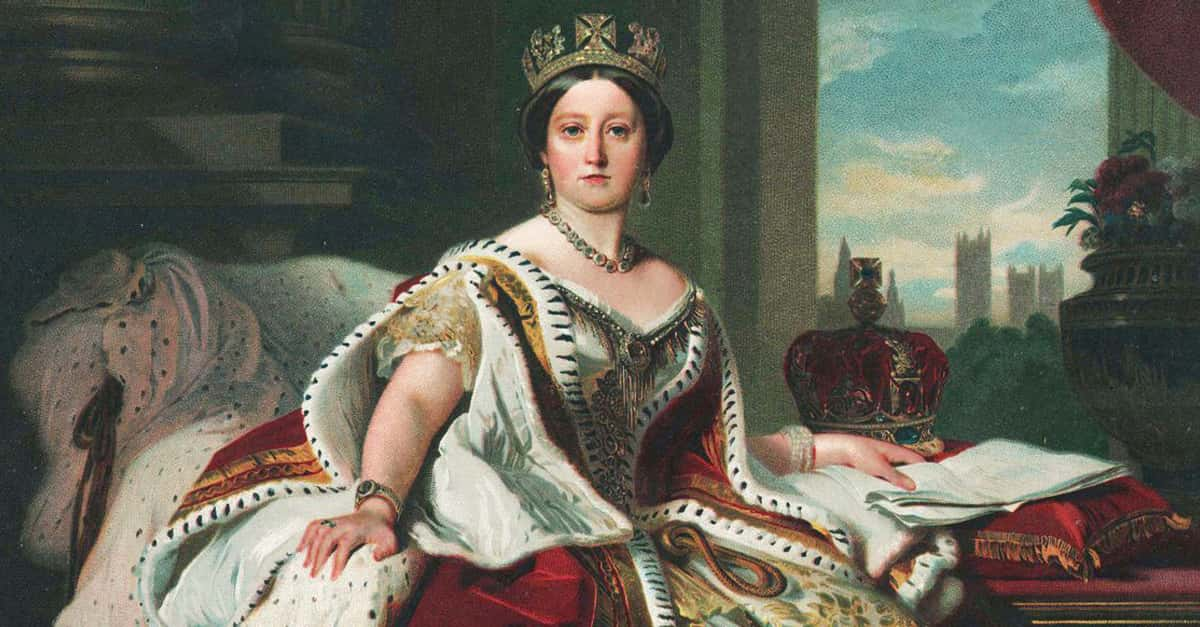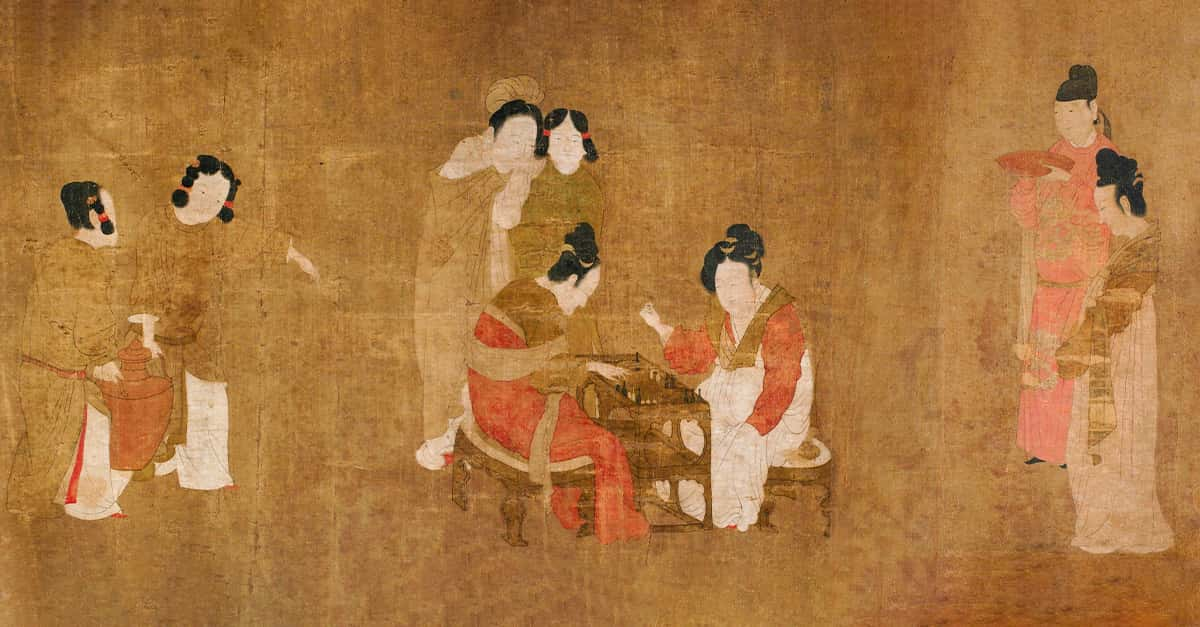No Surrender
Although far from the rugged chaos of the American Frontier happening throughout the 1800s, the East Coast’s business world was just as brutal as the Old West. One of the most prominent players in this game was Cornelius Vanderbilt, also known as “The Commodore”.
His shrewd and ruthless business practices turned him into someone respected, feared, and sometimes hated—even by his family.

1. He Came From A Long Line
Cornelius may have been the one to put the Vanderbilt name on the map, but he wasn’t its first member in America. Before his birth on May 27, 1794, his family had been in the country since the 1600s, even if they weren’t millionaires at that point. Cornelius’ ancestor, Jan Aertson, first came to the US as an indentured servant and eventually took on the name “van der Bilt” for the village of De Bilt, where he had come from in the Netherlands.
By the time Cornelius was born, the family still had a long way to go.
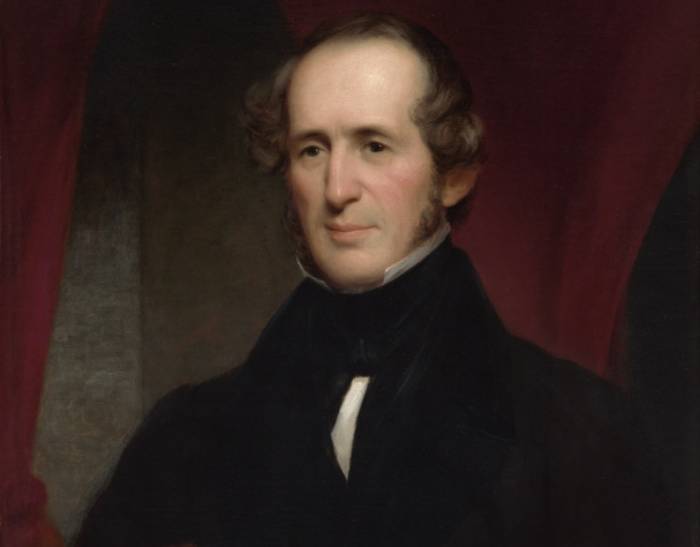 Nathaniel Jocelyn, Wikimedia Commons
Nathaniel Jocelyn, Wikimedia Commons
2. He Left School
Commodore Vanderbilt's father, also named Cornelius, had his own ferry in New York Harbor, but wasn’t anywhere close to the wealth his son would eventually gain. In fact, the family struggled to make ends meet, so an 11-year-old Cornelius Jr. had to leave school to work with his father.
But here's the thing about the young Cornelius Vanderbilt: He joined the workforce as a child—and he liked it.
3. He Took A Loan
By the time he reached 16, Cornelius Jr took what he had learned from working with his father and decided to strike out on his own—for the most part. Wanting to open his own ferry business, in one version of events, he borrowed $100 from his mother, Phebe Hand, which would amount to over $2,000 today.
Her investment proved a good one.
 Unknown Author, Wikimedia Commons
Unknown Author, Wikimedia Commons
4. He Started His Business
With the resources he likely received from his hardworking parents, Cornelius Jr, still years from any stubble on his chin, was able to launch his first official business in 1810. Purchasing a vessel and dubbing it Swiftsure, he ferried passengers and standard freight from Staten Island to Manhattan and back, making himself a modest profit.
His reputation soon began to grow—and he earned a nickname to fit.
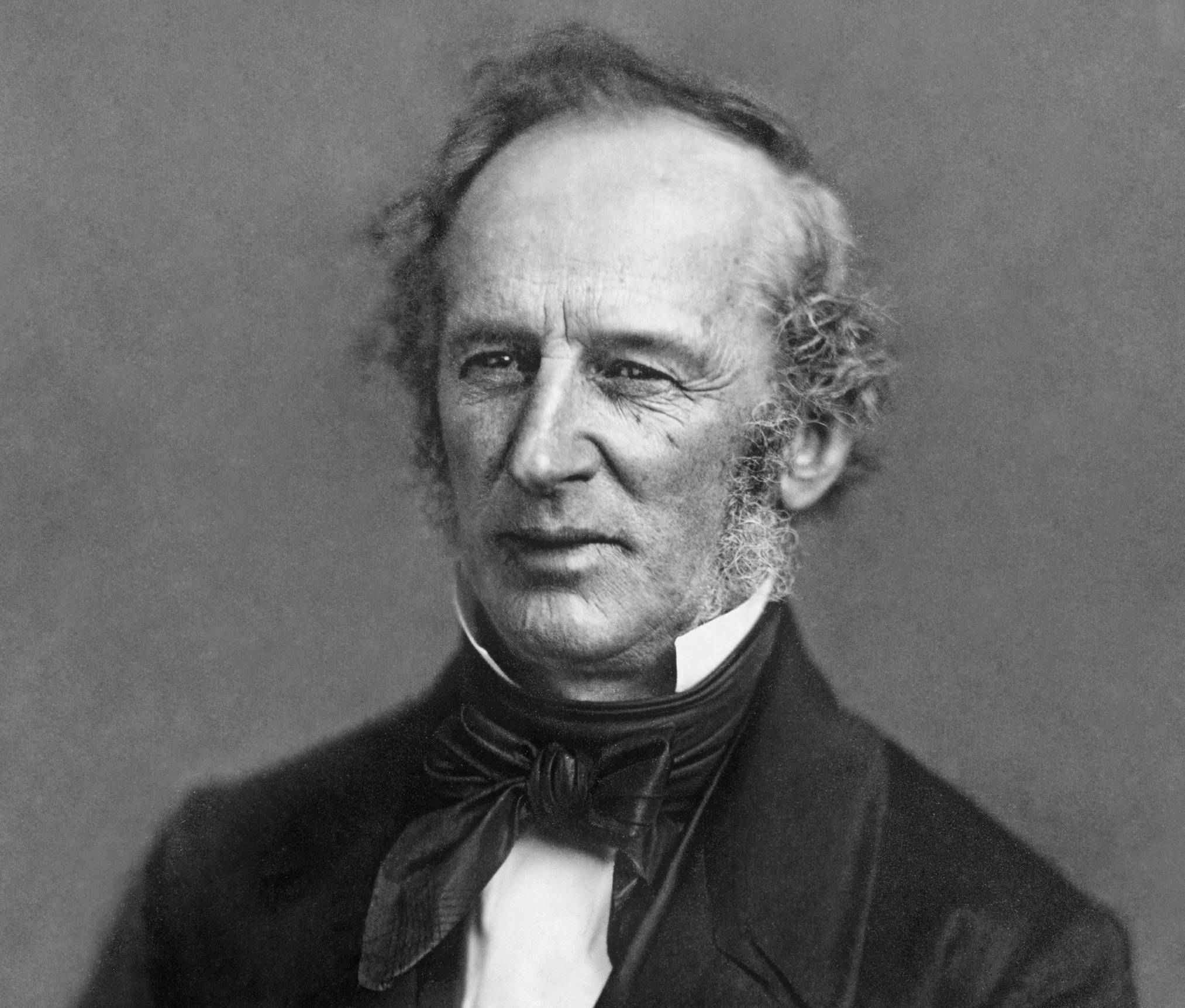 Produced by Mathew Brady's studio, Wikimedia Commons
Produced by Mathew Brady's studio, Wikimedia Commons
5. He Gained A Nickname
Despite his young age and lack of experience compared to his fellow capitalists, young Cornelius Vanderbilt seemed born for the business world. Already, he displayed so much ambition and authority in his dealings that he often seemed more like the leader of an army than the captain of a ferry. Therefore, the other captains endearingly called their young competitor “The Commodore”.
Within a few years, someone else would share his true name.
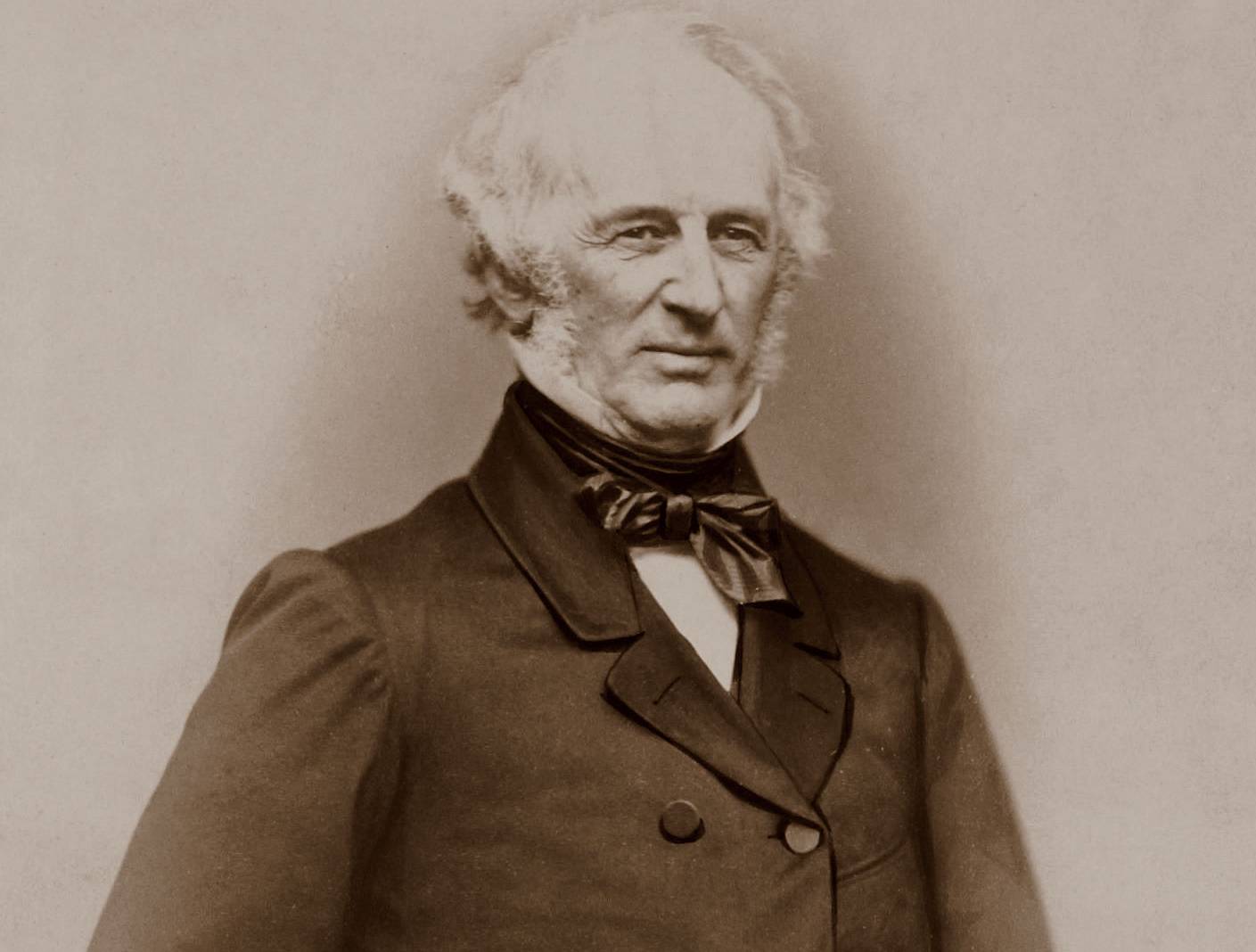 unattributed, Wikimedia Commons
unattributed, Wikimedia Commons
6. They Tied The Knot
In what was likely a union of pure status and expectation—albeit still strange—Cornelius married just three years after starting his business. With the wedding occurring on December 19, 1813, Cornelius married Sophia Johnson, who also happened to be his first cousin.
It wasn’t long before the Vanderbilt family started growing—though none of them yet knew the heights they would soar to.
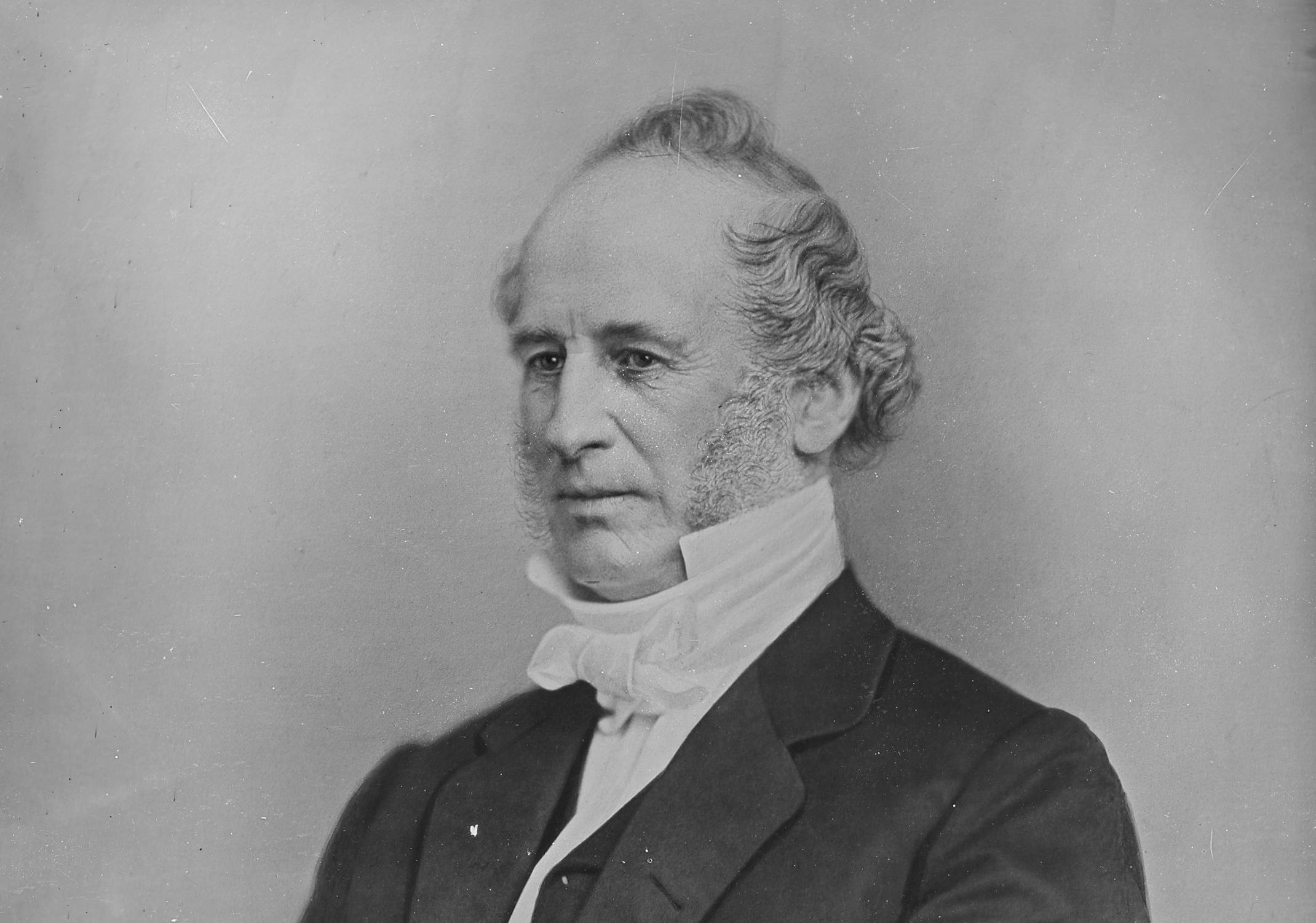 Mathew Benjamin Brady, Wikimedia Commons
Mathew Benjamin Brady, Wikimedia Commons
7. They Started A Family
Along with marriage, societal expectations at this time dictated that men needed to have many children to be successful. Thus, the Commodore and Sophia had 13 children, the eldest being Phebe Vanderbilt in 1814, then William Vanderbilt as the eldest son in 1821, and George being their youngest, born in 1839.
As his family expanded, so did Vanderbilt's business ventures.
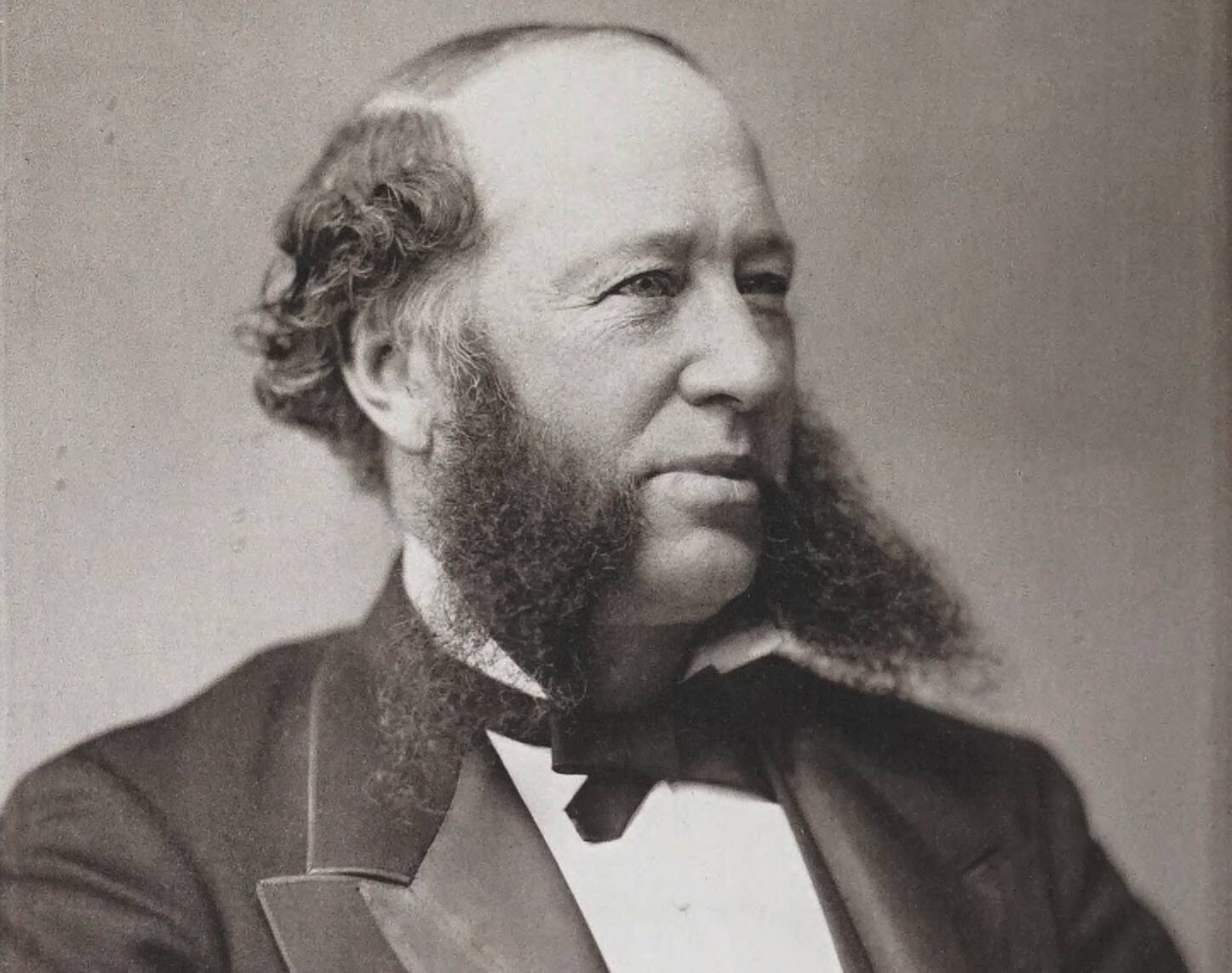 Edward Bierstadt, Wikimedia Commons
Edward Bierstadt, Wikimedia Commons
8. He Traded With Family
Soon enough, Cornelius had garnered enough business to expand his trade, and already had someone willing to help. Purchasing a schooner called Charlotte from his brother-in-law, he increased his profits through further trading. Paying back his good fortune, he partnered with his father and a few others for this endeavor.
Soon, everyone on the Hudson knew all about the Commodore—and this notoriety granted him even greater opportunities.
9. He Was Hired On
By 1817, Cornelius Vanderbilt had built an impressive name for himself, so others naturally wanted some of his success. An extremely wealthy planter from Georgia, Thomas Gibbons, offered Cornelius a job captaining his newest steamboat between New York and New Jersey. The Commodore accepted, and with his still flourishing trade, he also started managing Gibbons’ business.
However, not everything was smooth sailing.
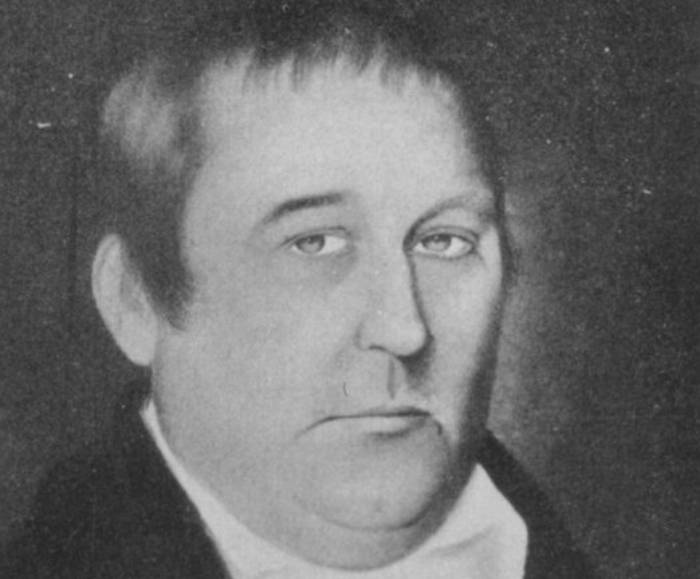 DrRenShen, CC BY-SA 4.0, Wikimedia Commons
DrRenShen, CC BY-SA 4.0, Wikimedia Commons

History's most fascinating stories and darkest secrets, delivered to your inbox daily.
10. He Was Thrown Into Turmoil
The Commodore and Gibbons weren’t the only ones in New York’s waters—and the sharks had already been closing in. As Gibbons’ business manager, Cornelius had to navigate his employer’s conflict with the estates of the late inventors Robert Livingston and Robert Fulton, who had a steamboat monopoly in the area.
But it wasn't just a business dispute. It was personal.
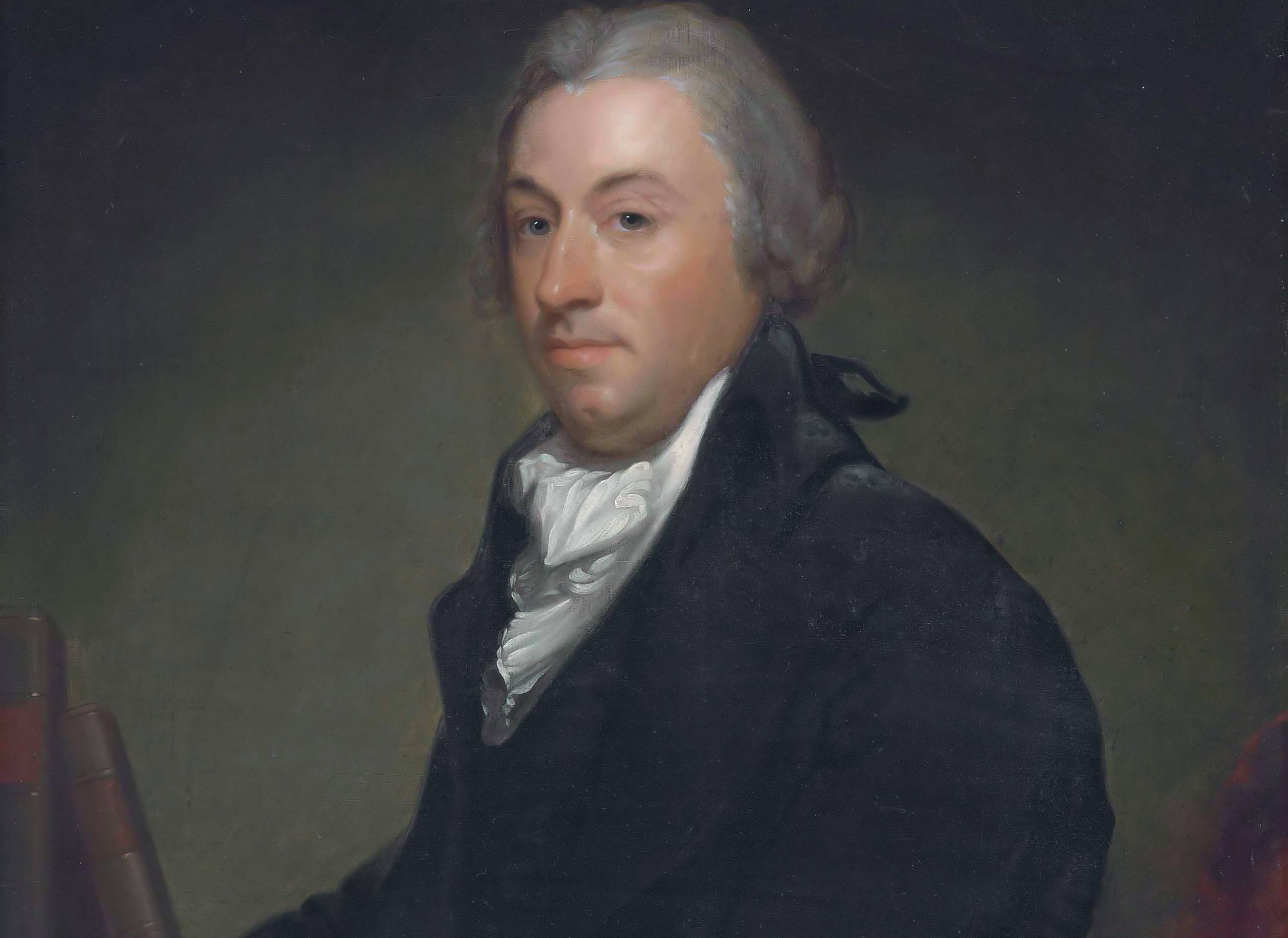 Attributed to Gilbert Stuart, Wikimedia Commons
Attributed to Gilbert Stuart, Wikimedia Commons
11. He Was Spiteful
Livingston’s heirs held the steamboat monopoly, likely making things difficult for smaller businesses, but Gibbons’ motives were much more petty. He had a personal issue with a man named Aaron Ogden and endeavored to bankrupt him. To this end, Gibbons started his own steamboat business for the sole purpose of competing with Ogden, who had received a license from Livingston’s heirs.
On the bright side, Cornelius found the experience very educational.
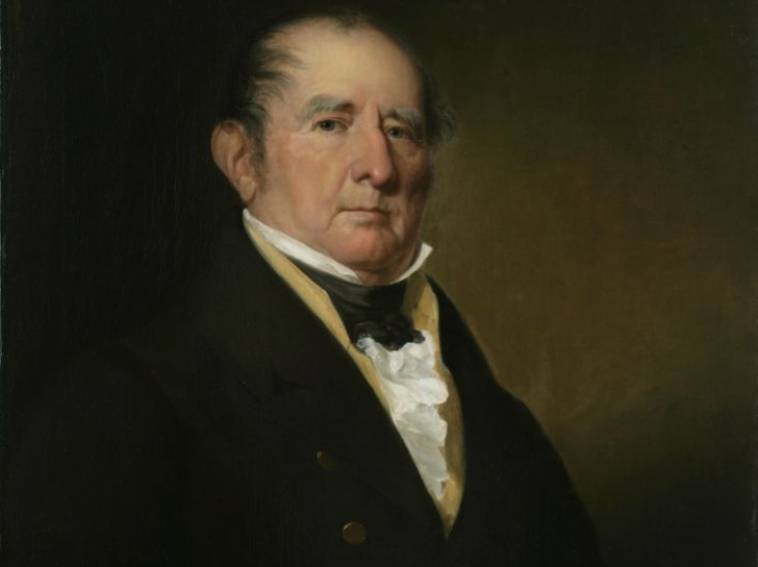 Asher Brown Durand, Wikimedia Commons
Asher Brown Durand, Wikimedia Commons
12. He Learned A Lot
Gibbons’ motives may have been simplistic or superficial, but that didn’t mean the Commodore gained nothing. On the contrary, Cornelius carefully watched his employer’s dealings and got first-hand experience with what it was like to run such a large company. Plus, he didn’t just learn about commerce.
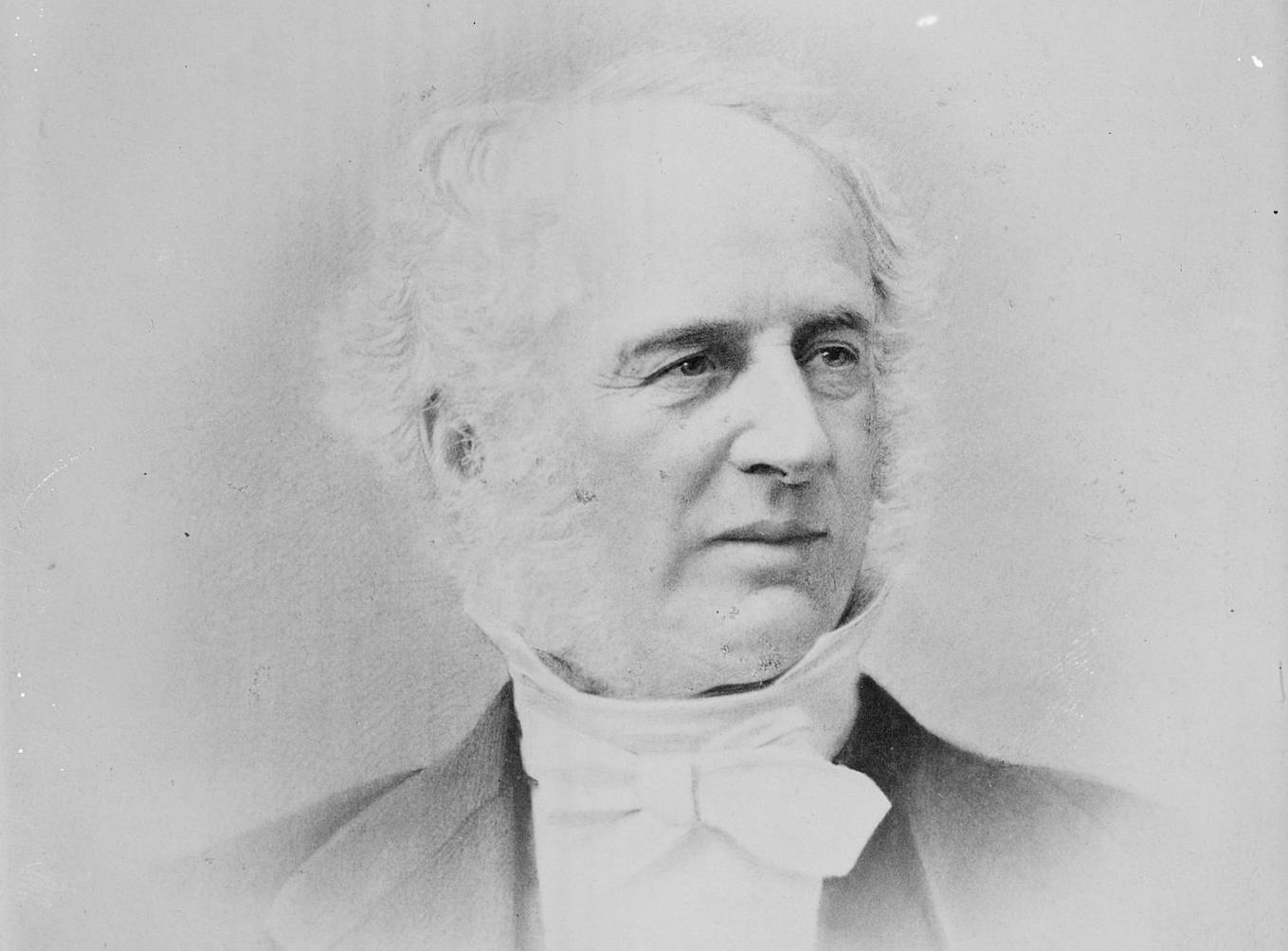 Bain News Service, Wikimedia Commons
Bain News Service, Wikimedia Commons
13. He Studied Law
In his goal to bankrupt Ogden, Gibbons established a case against the Livingston monopoly and brought it up to the Supreme Court in 1824. As Gibbons’ business manager, Cornelius also represented him against opposing lawyers, proving proficient in law. He even chose to appeal a similar case against the monopoly himself, outside of Gibbons’ proceedings. Not bad for a ferry pilot.
Meanwhile, the Vanderbilt family made a big change.
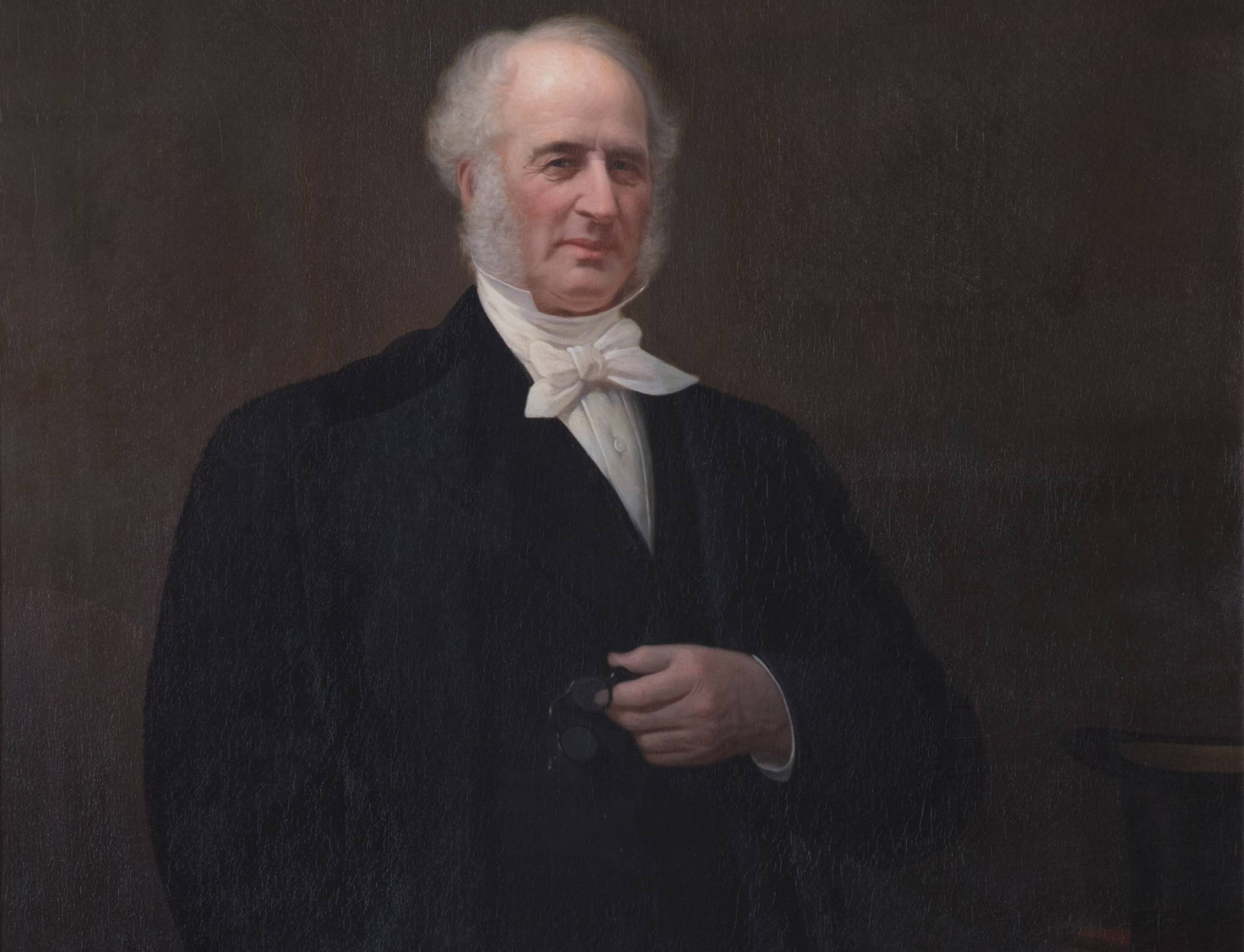 Jared Bradley Flagg, Wikimedia Commons
Jared Bradley Flagg, Wikimedia Commons
14. They Moved
Throughout his life, Cornelius was far from an attentive or responsible father, but he still dictated his family’s movements. So, around this time, he relocated his wife and children to New Brunswick, New Jersey. Fortunately, Sophia was more than capable of providing and caring for their children through running a prosperous inn there.
On the Commodore’s business end, however, his list of enemies grew.
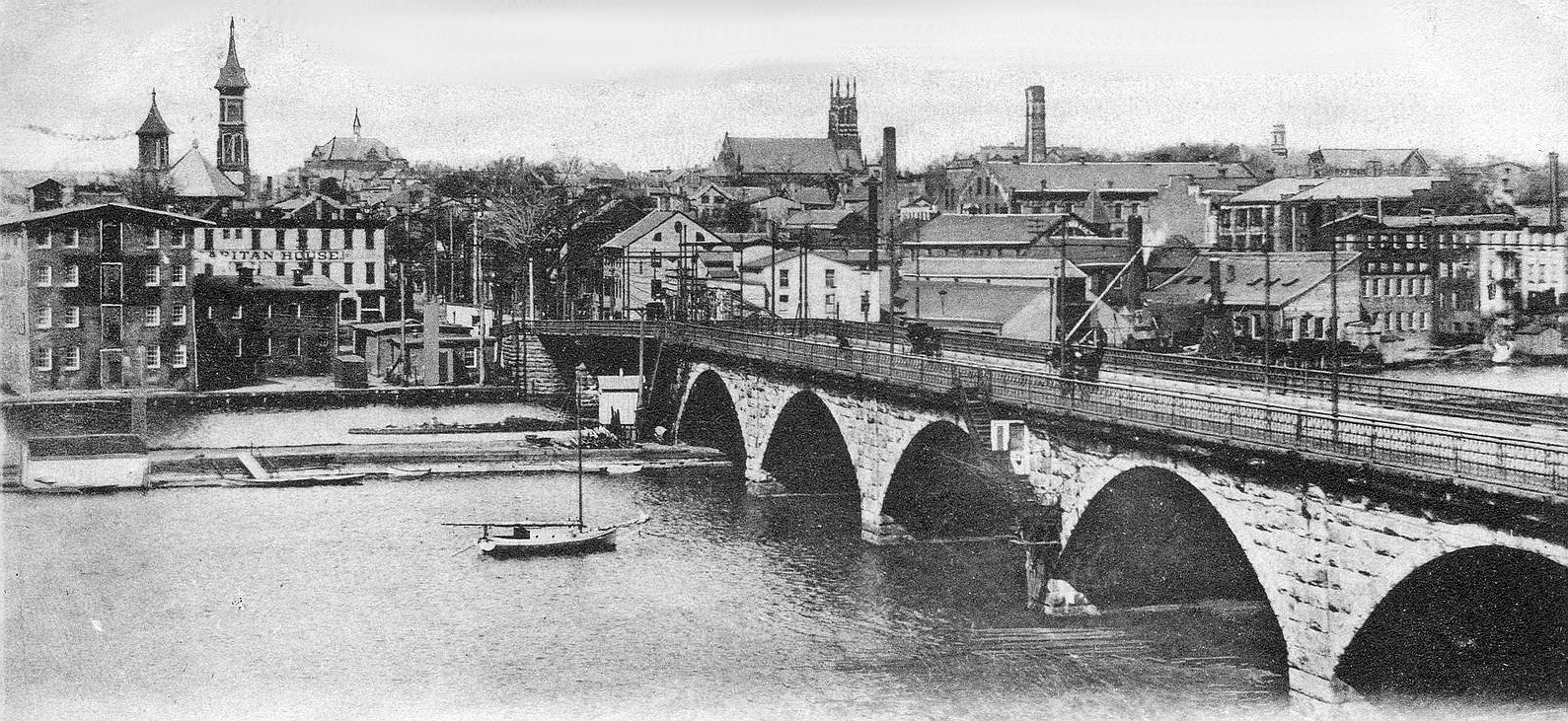 Unknown Author, Wikimedia Commons
Unknown Author, Wikimedia Commons
15. He Met More Opposition
Cornelius worked for Thomas Gibbons—and later his son—until 1829, when he focused on building his own far-reaching empire. In establishing several new ferry lines, he met another steamboat rival in 1831 named Daniel Drew. After the two went head-to-head, Cornelius eventually had no choice but to buy Drew out.
But unlike Gibbons, the Commodore wouldn’t let spite overtake him.
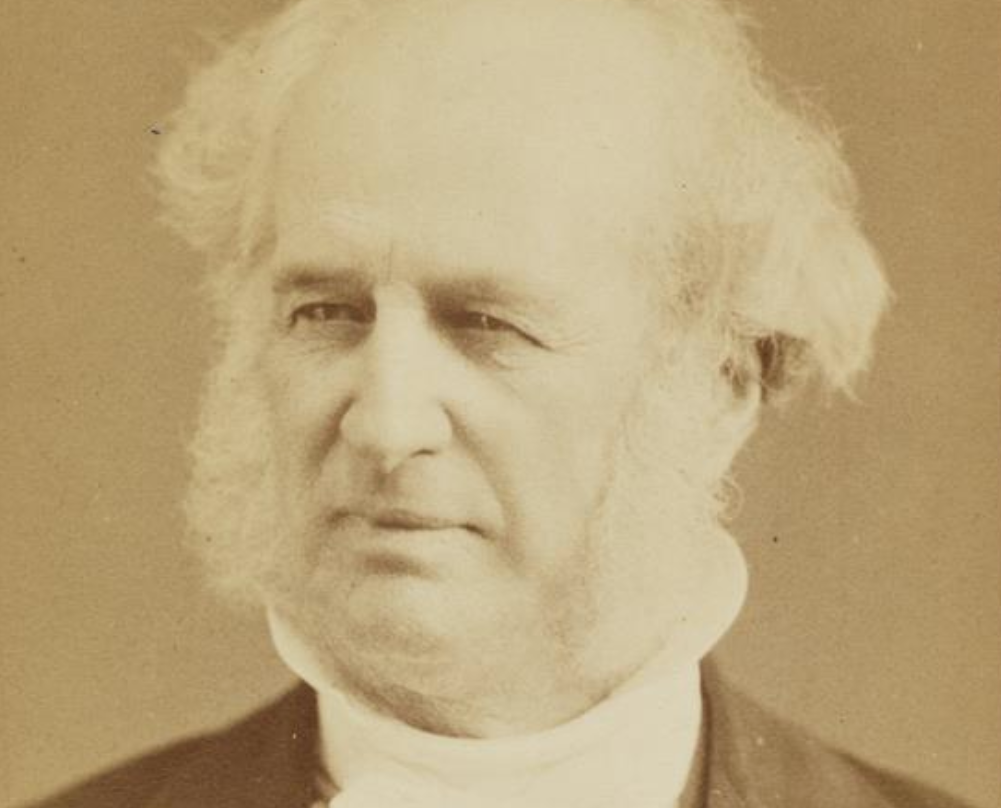 William R. Howell, Wikimedia Commons
William R. Howell, Wikimedia Commons
16. He Made An Unlikely Ally
Although Cornelius’ business had been the one to survive out of the two, Drew was clever enough to force the Commodore into buying him out. Rather than hold a grudge, Cornelius was surprisingly impressed by Drew’s business savvy and entered a secret partnership with him to avoid further conflicts.
This wasn’t the end of Cornelius’ more unconventional plans.
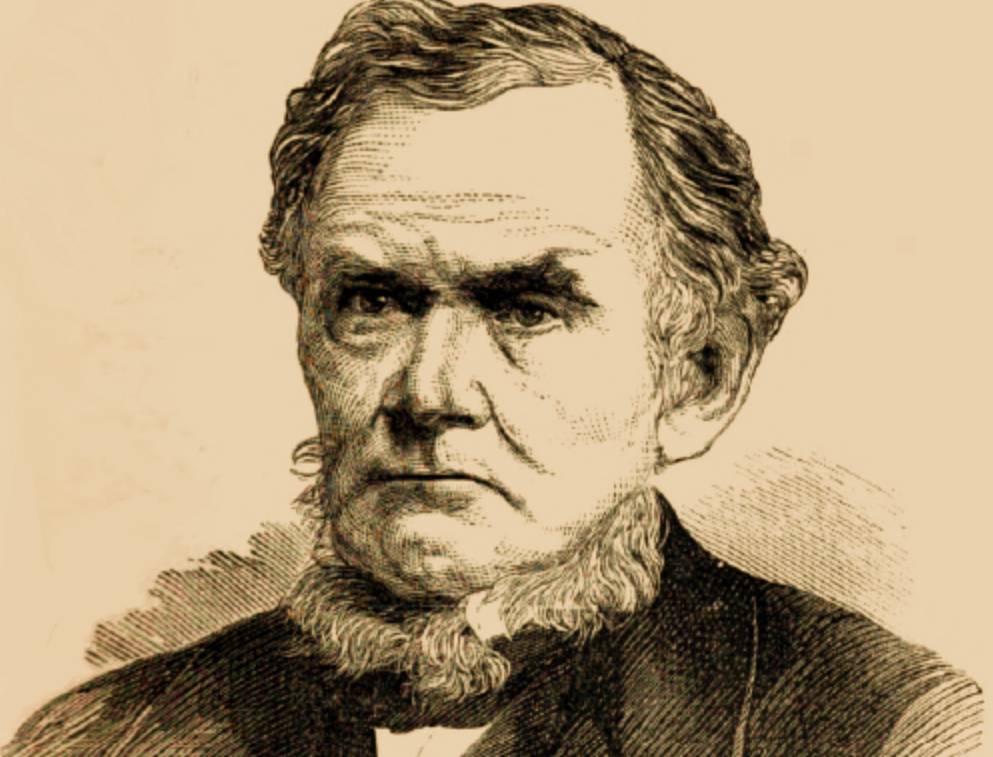 Unknown Author, Wikimedia Commons
Unknown Author, Wikimedia Commons
17. He Used Subliminal Messaging
In growing his company, the Commodore had to contend with another monopoly in 1834, this time with the Hudson River Steamboat Association. To fight them, Cornelius adopted "The People's Line" as a name for his ferry line. This held similarities to the language used in support of President Andrew Jackson, thus garnering the same support for Cornelius’ line.
The Commodore was clever—and that meant he was trouble.
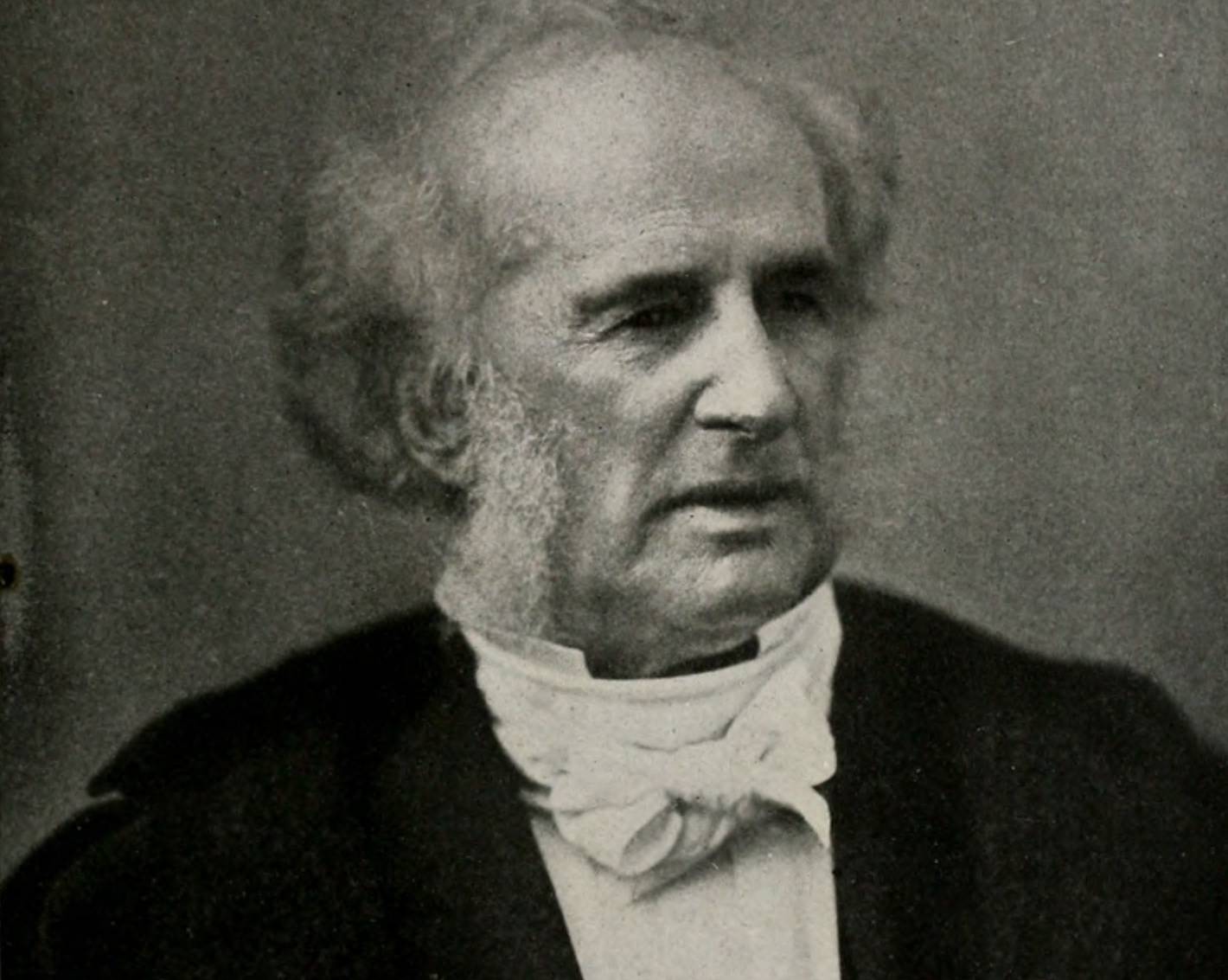 Internet Archive Book Images, Wikimedia Commons
Internet Archive Book Images, Wikimedia Commons
18. They Paid Him Off
Aside from his use of political support, Cornelius pulled out all the stops in his fight against the Hudson River monopoly. After just a year of him offering unique luxuries on his ferries and undercutting prices, the Hudson River Steamboat Association forked over $100,000—and a yearly $5,000—just to get him to give up.
Soon, all of these schemes paid off.
19. He Became A Giant
Soon, the Hudson River was too small for the Commodore, so he set his sights on Long Island Sound. Over the next ten years, he continued using his now trademark ruthless and shrewd tactics to overtake anyone he went up against, becoming the dominating power in the area.
But to this point, Vanderbilt's empire was still limited to the waves. He was about to change that.
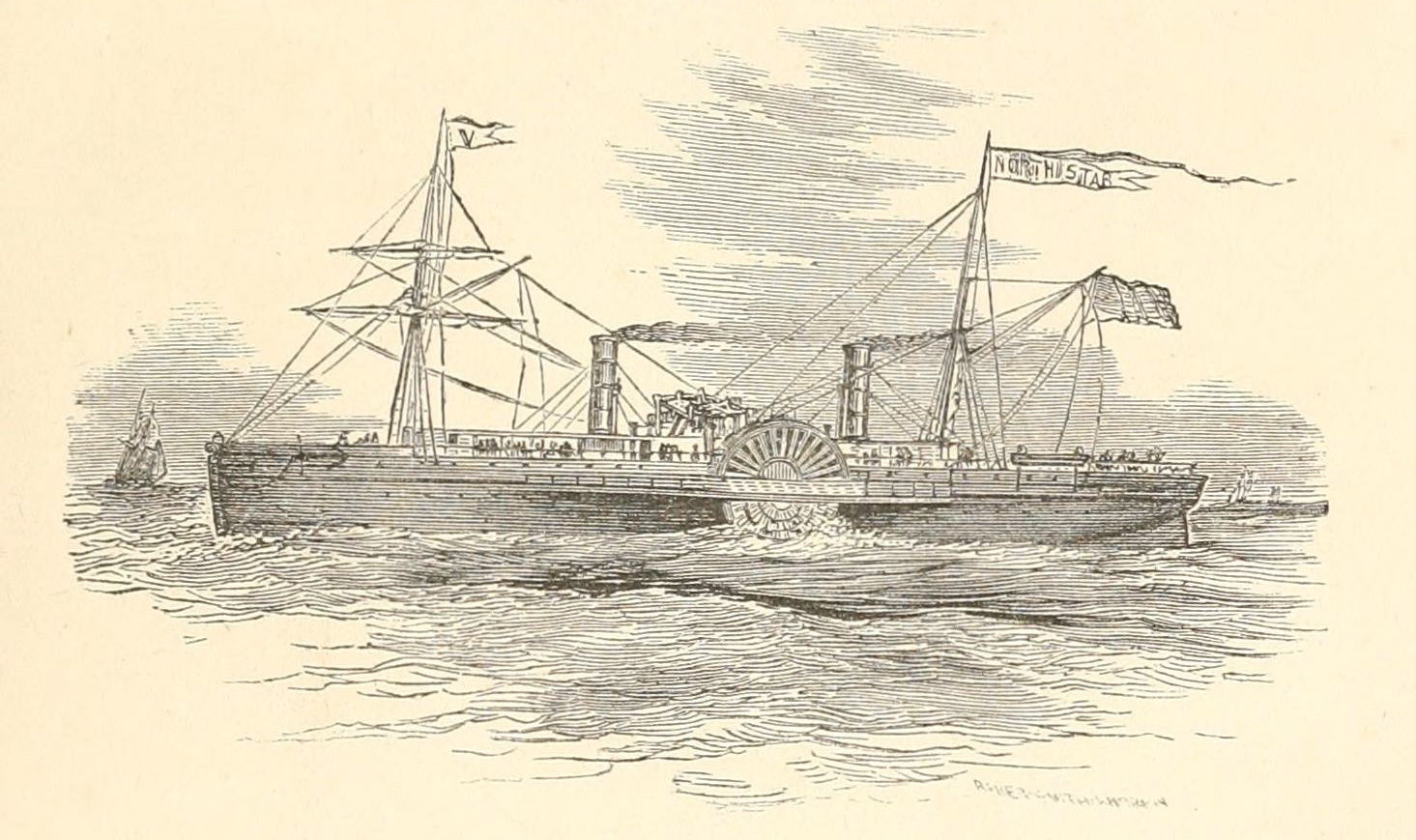 Unknown Author, Wikimedia Commons
Unknown Author, Wikimedia Commons
20. He Took Ownership
Growing beyond the ferry business, the Commodore tackled a burgeoning industry around Long Island Sound—the railroad. Through the 1840s, he targeted the best line in the area, the New York, Providence and Boston Railroad. By cutting competing fares, Cornelius caused the line’s stock price to fall, allowing him to become company president by 1847.
With his new status, he needed a fitting property.
 History Channel, The Men Who Built America: The Rise of Cornelius Vanderbilt? (2012)
History Channel, The Men Who Built America: The Rise of Cornelius Vanderbilt? (2012)
21. He Built A Home
As his empire grew, Cornelius relocated his family again, this time to a home of his construction. At 10 Washington Place in New York City, the Commodore built a house of considerable size, but still of only moderate luxury. This matched his reputation among New York’s elites, who still looked down upon the Commodore and his lack of extravagance.
His work hadn’t finished, though.
 History Channel, The Men Who Built America: The Rise of Cornelius Vanderbilt? (2012)
History Channel, The Men Who Built America: The Rise of Cornelius Vanderbilt? (2012)
22. He Grew His Business
Cornelius had begun to focus on the railroad industry, but hadn’t abandoned the world of water-based shipping. He still wanted to grow his steamboat business, and luckily, the 1849 start of the California gold rush provided him an opportunity. Accordingly, he traded in his domestic steamboats for steamships meant for crossing the ocean.
But the Commodore was still as cutthroat as ever, and even his allies started gunning for him.
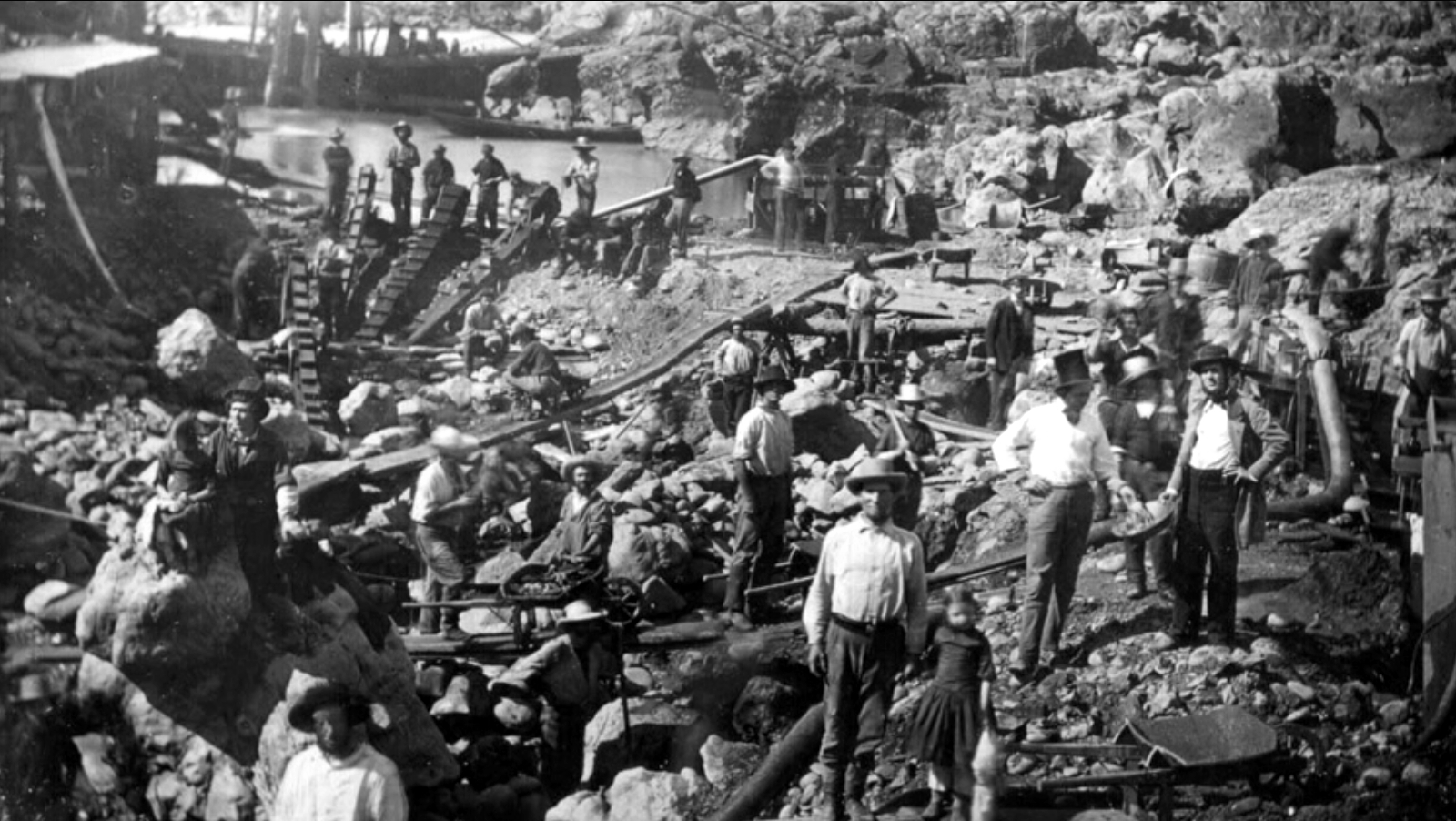 George H. Johnson, Wikimedia Commons
George H. Johnson, Wikimedia Commons
23. He Made More Enemies
Shortly after the start of the gold rush, Vanderbilt used his ocean-faring steamships to establish the Accessory Transit Company. But in 1852, he fell into a disagreement with one of the company’s partners, Joseph L White. This resulted in Vanderbilt leveraging the company to purchase his steamships—overcharging them, naturally.
Then, he made a disastrous mistake.
 History Channel, The Men Who Built America: The Rise of Cornelius Vanderbilt? (2012)
History Channel, The Men Who Built America: The Rise of Cornelius Vanderbilt? (2012)
24. He Went Away
Cornelius’ brutal tactics painted a bullseye on his back, so a vacation was probably not the best idea. Nonetheless, he and his family took a yacht trip to Europe in 1853, giving Joseph L White an opening. White teamed up with another of Vanderbilt's embittered former allies, Charles Morgan, and blocked the company from paying the Commodore.
Of course, when Vanderbilt came back and realized what they'd done, he retaliated with brutal efficiency.
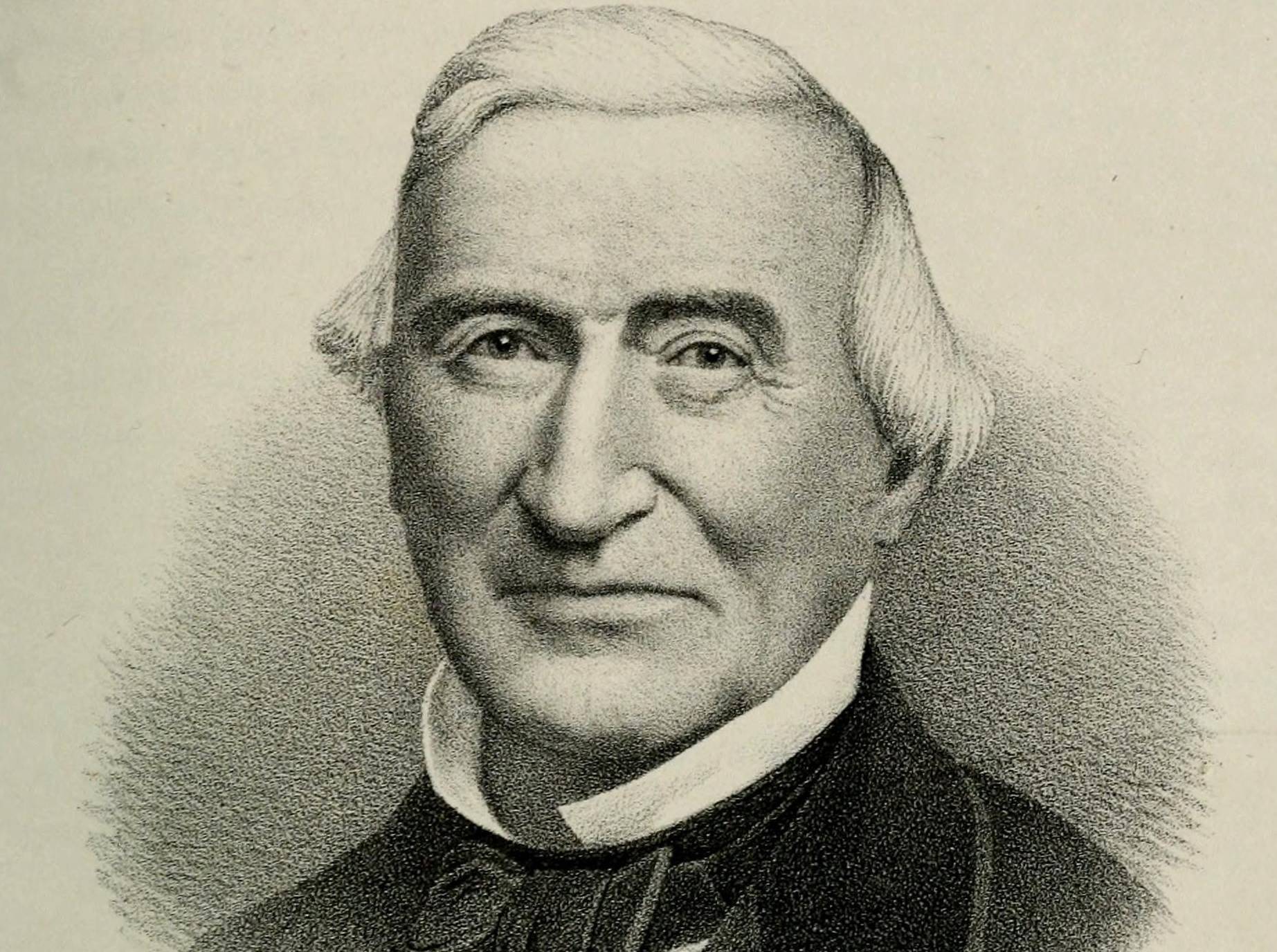 Nathaniel Harris Morgan, Wikimedia Commons
Nathaniel Harris Morgan, Wikimedia Commons
25. He Got Back At Them
Vanderbilt was determined to get revenge, so he turned to his tried and true strategy. Following his return, the Commodore established another steamship line in direct competition with White and Morgan. Vastly undercutting the prices, his enemies again had no choice but to pay him to cease his operations.
Of course, a much more destructive conflict was on the horizon.
 History Channel, The Men Who Built America: The Rise of Cornelius Vanderbilt? (2012)
History Channel, The Men Who Built America: The Rise of Cornelius Vanderbilt? (2012)
26. He Tried To Help Out
Although Vanderbilt had become skilled in his business battles, the US soon faced a much larger and bloodier fight. After the Confederacy’s secession in 1861, the Commodore tried to do his part to support the American Union. Owning several steamships, he offered to help the Union Navy by donating his grandest, the Vanderbilt.
In response, the government told Cornelius something he wasn’t familiar with hearing.
 Nathaniel Harris Morgan (1805-1881), Wikimedia Commons
Nathaniel Harris Morgan (1805-1881), Wikimedia Commons
27. They Rejected Him
Believe it or not, many in positions of authority thought this silly "secession" business would be over in a matter of months. With this confidence, the Secretary of the Navy declined Cornelius’ donation, as he believed the exotic Vanderbilt would be too costly to maintain and operate, thus making the ship not worth it.
It wasn't long before he changed his tune.
 History Channel, The Men Who Built America: The Rise of Cornelius Vanderbilt? (2012)
History Channel, The Men Who Built America: The Rise of Cornelius Vanderbilt? (2012)
28. They Needed Him Anyway
A year into the fighting, it was clear this wasn't going to end any time soon, and the Union decided to take up Vanderbilt on his offer. To combat the CSS Virginia, a Confederate ship laying waste to one of the Union blockades, President Lincoln himself requested the aid of the Vanderbilt.
The Commodore was able to do his part—but he was forced to pay a terrible cost.
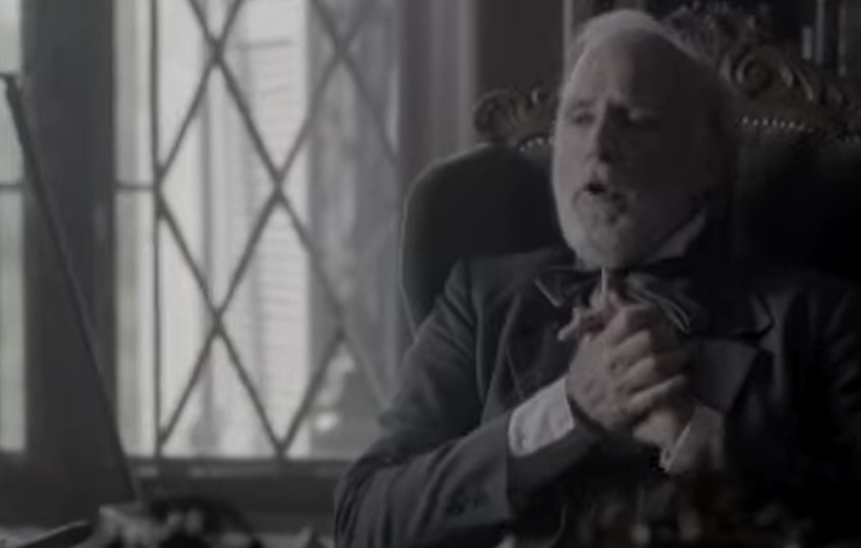 History Channel, The Men Who Built America: The Rise of Cornelius Vanderbilt? (2012)
History Channel, The Men Who Built America: The Rise of Cornelius Vanderbilt? (2012)
29. He Lost Someone
Like his father, Cornelius's youngest son George Washington Vanderbilt wanted to do his part to protect the Union, joining the US Service academy in New York. While he did graduate, he sadly contracted a sudden and fatal sickness, succumbing to his illness before seeing any combat.
The loss rocked the Vanderbilt family—even their steel-hearted patriarch—but as usual, the Commodore threw himself back into his business.
30. He Had Other Options
Over the prior decade, Vanderbilt only expanded his railroad business further, despite stepping down as president of the New York, Providence and Boston Railroad. Looking to have his fingers in as many pies as possible, he served on several railroads’ boards of directors, including the New York and Harlem Railroad, and the Erie Railroad.
All the while, it was clear this was a game for him.
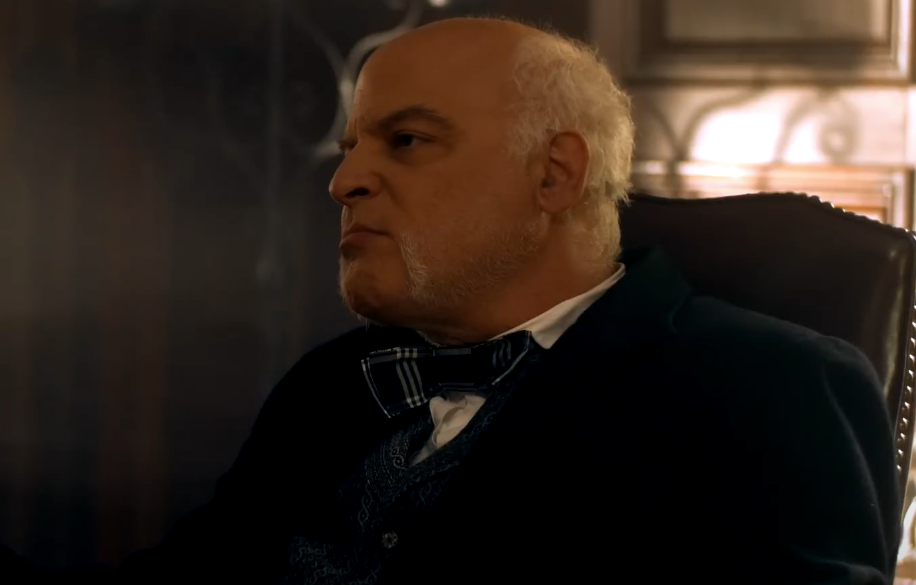 Vanderbilt and Drew Fight Dirty for Control of US Railroads, American Heroes Channel
Vanderbilt and Drew Fight Dirty for Control of US Railroads, American Heroes Channel
31. He Wanted To Prove He Could
In what came to be a famous stock market corner, Vanderbilt purchased the New York and Harlem Railroad in 1864—but it wasn’t because he needed it. The Commodore would later state that he only bought it because everyone else said it was worthless, and he just wanted to prove them wrong.
Next, Cornelius Vanderbilt started making his trade more of a family business.
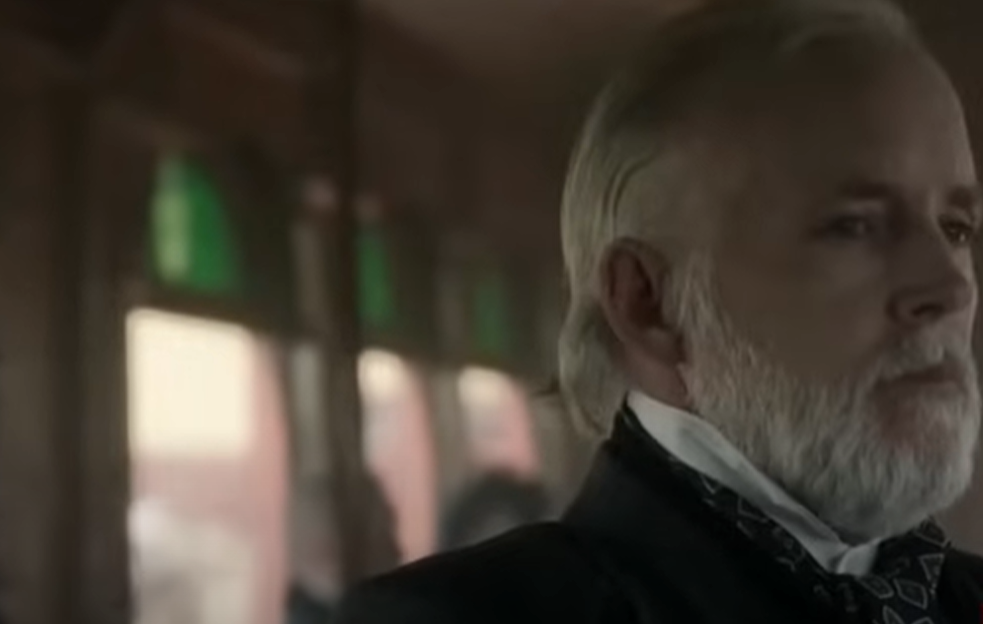 History Channel, The Men Who Built America: The Rise of Cornelius Vanderbilt? (2012)
History Channel, The Men Who Built America: The Rise of Cornelius Vanderbilt? (2012)
32. He Brought In His Son
Of all Vanderbilt's children, his eldest son William was far from the favorite child, owing partly to a nervous breakdown he had and the fact that Cornelius believed him to be a simpleton. Still, the Commodore took a chance on William, appointing him vice-president of the New York and Harlem Railroad shortly after purchasing it.
Cornelius was then pleasantly surprised.
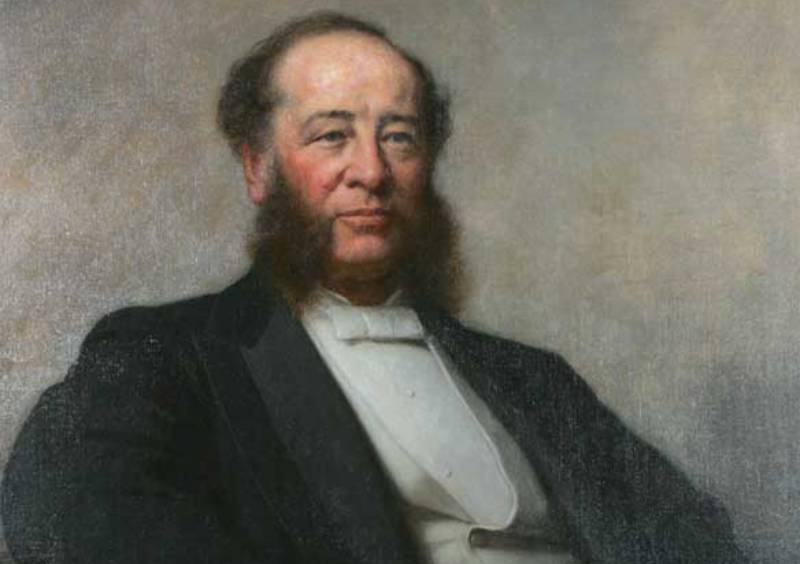 Eastman Johnson, Wikimedia Commons
Eastman Johnson, Wikimedia Commons
33. He Appointed Another Successor
Even though he was the oldest son, William’s poor standing with his father initially caused him to be passed over as heir. This changed after he proved he could efficiently run the business, and the Commodore gave him control of the Staten Island Railway. William continued to impress, and eventually became operational manager of all of Vanderbilt’s railroads, securing himself as the family heir.
But the Commodore wasn’t ready to hand over the tiller just yet.
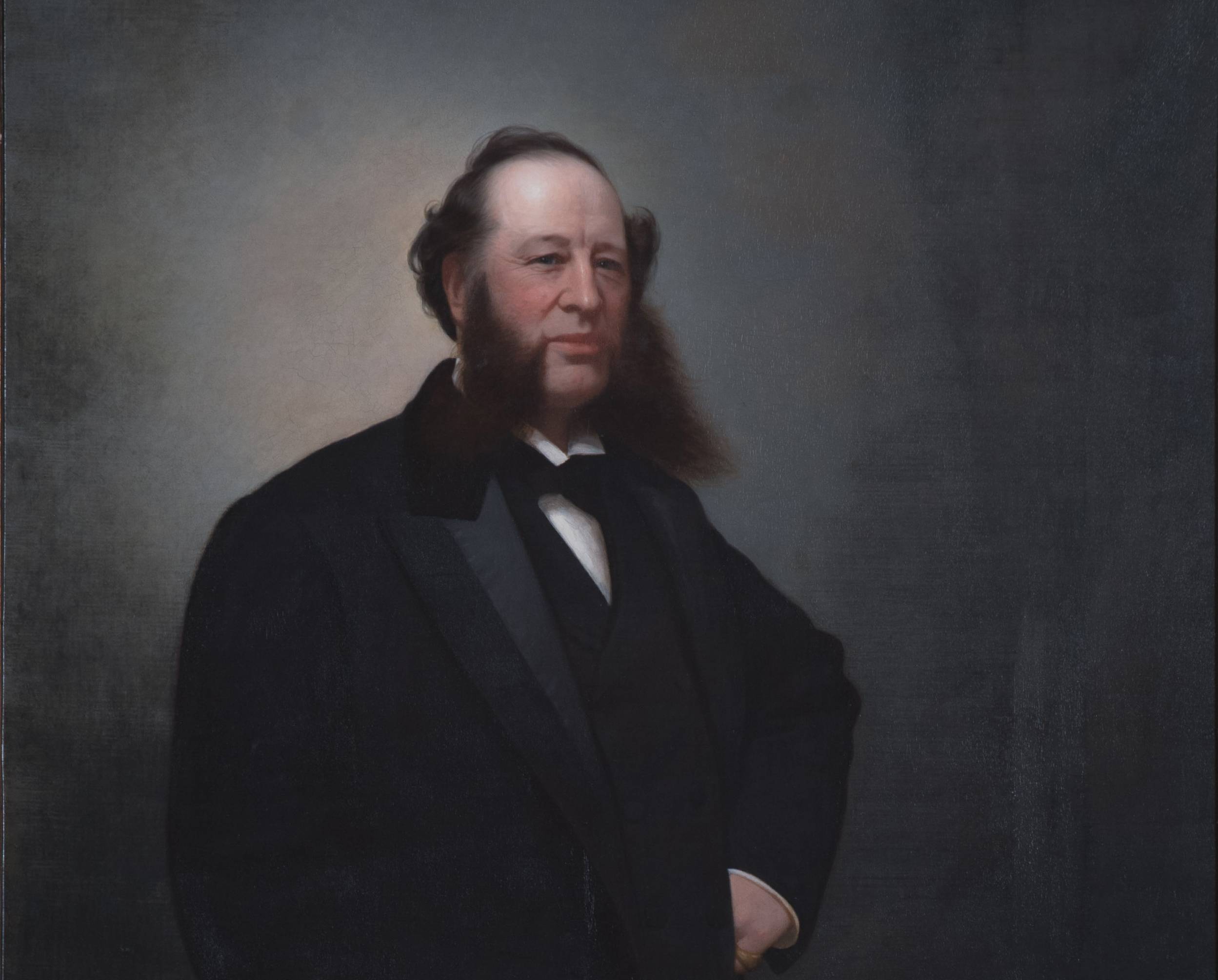 Jared Bradley Flagg, Wikimedia Commons
Jared Bradley Flagg, Wikimedia Commons
34. He Continued Winning
The New York and Harlem Railroad connected to others in the larger area, so Cornelius had to deal with more opposition once he took control. This was nothing new for him, and he carried on with dominating any lines that stood against him, eventually taking control of several including the New York Central Railroad and the Hudson River Railroad.
Vanderbilt was becoming a titan, and he thought he was untouchable. He was wrong.
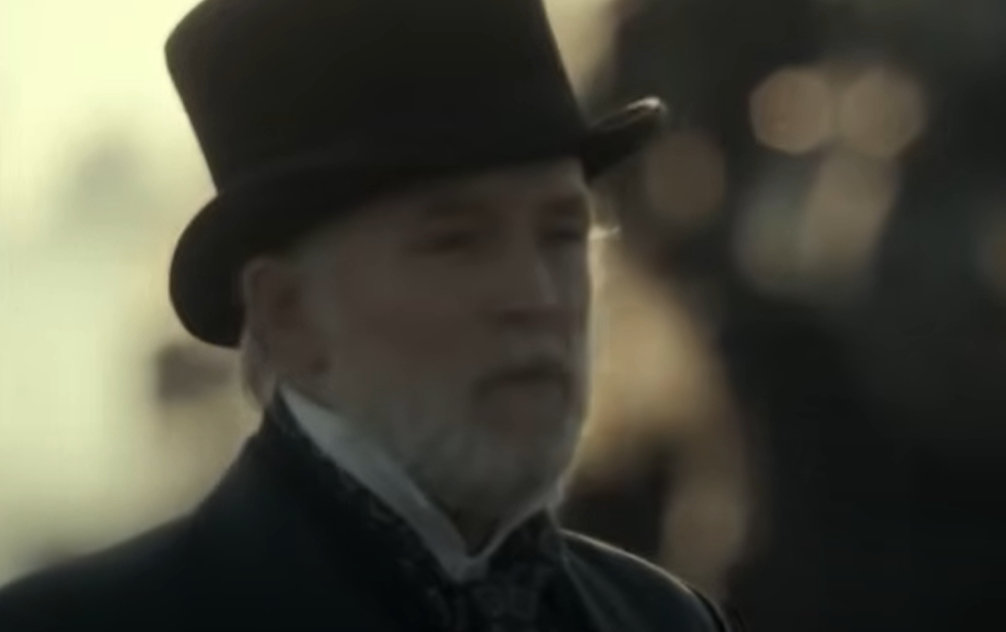 History Channel, The Men Who Built America: The Rise of Cornelius Vanderbilt? (2012)
History Channel, The Men Who Built America: The Rise of Cornelius Vanderbilt? (2012)
35. He Fought Another Battle
Cornelius finally met his match in 1868, when he and his longtime secret ally, Daniel Drew, had a falling out. Out of spite, the Commodore tried to corner the stock of Erie Railway, which Drew had joined as treasurer. But he didn't realize that Drew and railway magnate Jay Gould had been intentionally releasing spurious shares to intentionally water down the company stock.
When the dust settled, Vanderbilt was out more than $7 million. It was an unprecedented defeat.
 Vanderbilt and Drew Fight Dirty for Control of US Railroads, American Heroes Channel
Vanderbilt and Drew Fight Dirty for Control of US Railroads, American Heroes Channel
36. He Licked His Wounds
Vanderbilt wasn't used to losing this bad, and although he previously showed admiration for those who matched his skill, this was different. The Commodore was only able to bounce back by threatening his opponents with a lawsuit—but Gould had cemented his place as Vanderbilt's arch rival.
That wasn't the last time they'd cross swords.
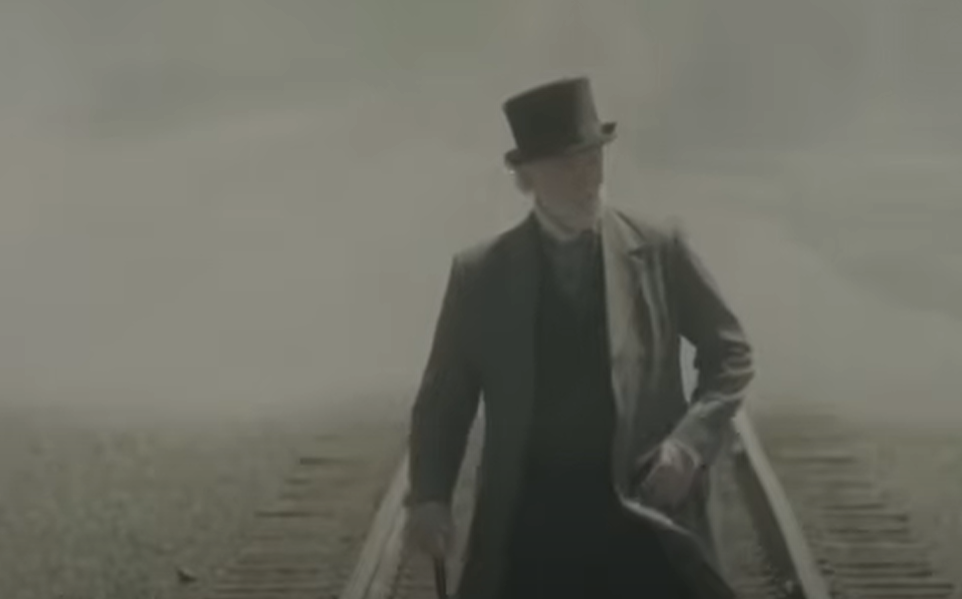 History Channel, The Men Who Built America: The Rise of Cornelius Vanderbilt? (2012)
History Channel, The Men Who Built America: The Rise of Cornelius Vanderbilt? (2012)
37. He Kept On Reminding Him
Cornelius’ contempt for Gould lived on, but to be fair, Gould wasn’t satisfied with his one victory. While he would never take another win over the Commodore, he made it his goal to embarrass him as much as possible. In response, the regularly stern and collected Vanderbilt would often publicly lash out at Gould.
But when it rains, it pours, and Vanderbilt was about to face an ever greater loss.
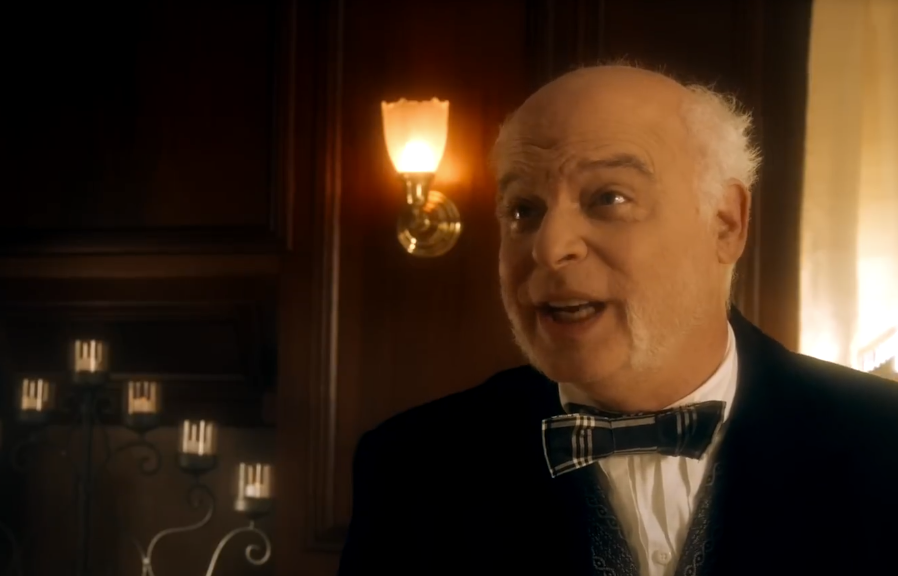 Vanderbilt and Drew Fight Dirty for Control of US Railroads, American Heroes Channel
Vanderbilt and Drew Fight Dirty for Control of US Railroads, American Heroes Channel
38. He Sought Answers
Vanderbilt may have been a neglectful and unfair father and husband, but he seemingly still took it hard when his wife Sophia passed in 1868. As many do, he wanted answers from the great beyond and enlisted the help of two spiritual mediums, the Chaflin sisters, despite his children’s objections and concerns.
Still, it didn’t take him long to move on.
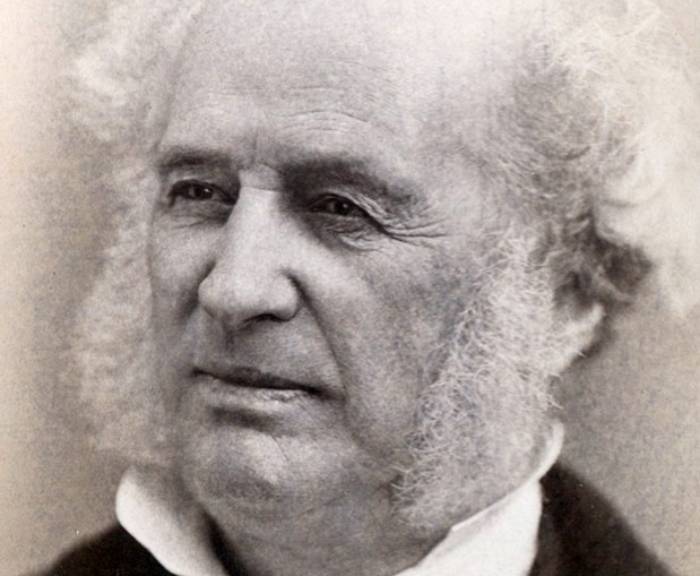 Howell & Meyer, Wikimedia Commons
Howell & Meyer, Wikimedia Commons
39. He Found Someone Else
Traveling to Canada after his wife’s passing, Cornelius found another partner to join him in holy matrimony. Apparently, he had a type, because Frank Armstrong Crawford was also his cousin—and 45 years younger than him to boot!
The two married in London, Ontario on August 21, 1869, and he would spend the rest of his life with her. Through all this, the work pressed on.
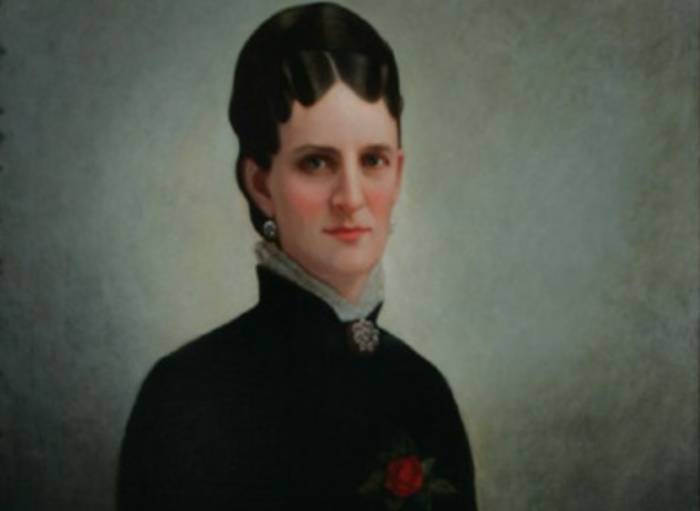 William J. Whittemore, Wikimedia Commons
William J. Whittemore, Wikimedia Commons
40. He Developed A Helpful Projects
Vanderbilt was ruthless and cared little for those affected by his brutal business tactics, but he did at least one positive thing shortly before the end. Also in 1869, he commissioned the construction of the Grand Central Depot for his railway in New York City, the forerunner to today's Grand Central Terminal.
Even into his late years, Vanderbilt was still reshaping the United States of America—but his time was almost up.
41. He Was Hard To Care For
In the late 1870s, Cornelius’ larger-than-life career ended with a miserable period caused by several chronic illnesses. For eight months, he became quite the handful for his doctors, throwing angry fits and insulting them. On one occasion he even rushed straight outside from his bed to reprimand the reporters at his residence.
Soon, this struggle came to an end.
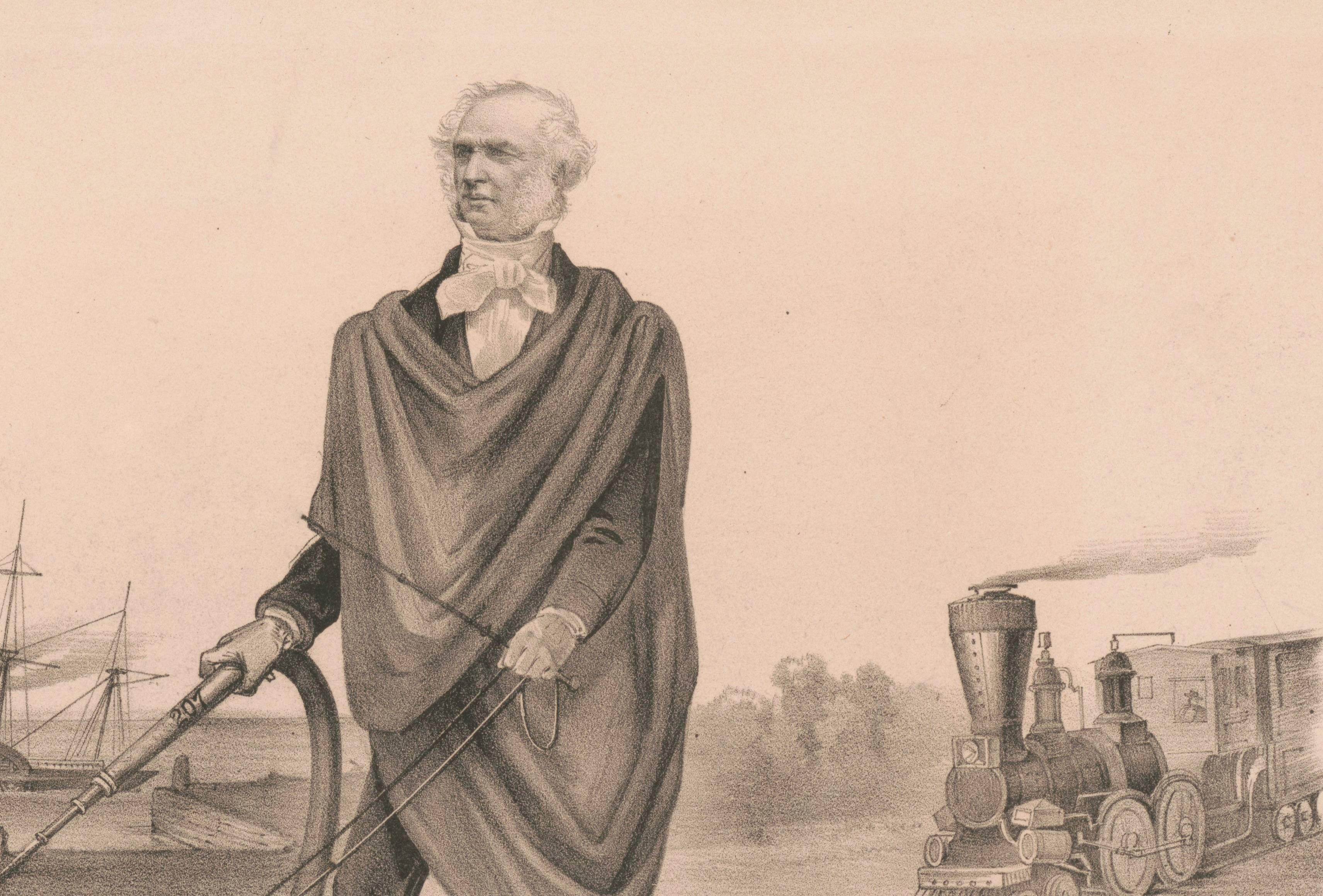 Popular Graphic Arts, Wikimedia Commons
Popular Graphic Arts, Wikimedia Commons
42. He Passed
Finally, the Commodore’s long and grueling fight against his sickness ended, with him having spent his final months confined miserably to his room. On January 4, 1877, he perished while back at his home in New York, having reached the age of 82. Immediately, the cause was evident.
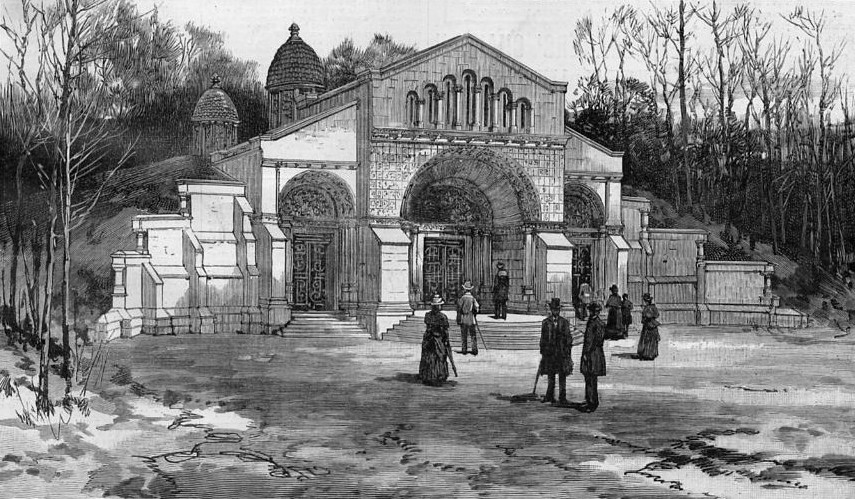 Charles Graham, Wikimedia Commons
Charles Graham, Wikimedia Commons
43. He Was Overwhelmed
In the months leading up to his demise, Cornelius suffered from several illnesses connected to his heart and stomach, and likely syphilis too. However, the final cause of his passing ended up being exhaustion, simply from dealing with all his conditions. Of course, after his passing, Cornelius’ children were in for their own trials.
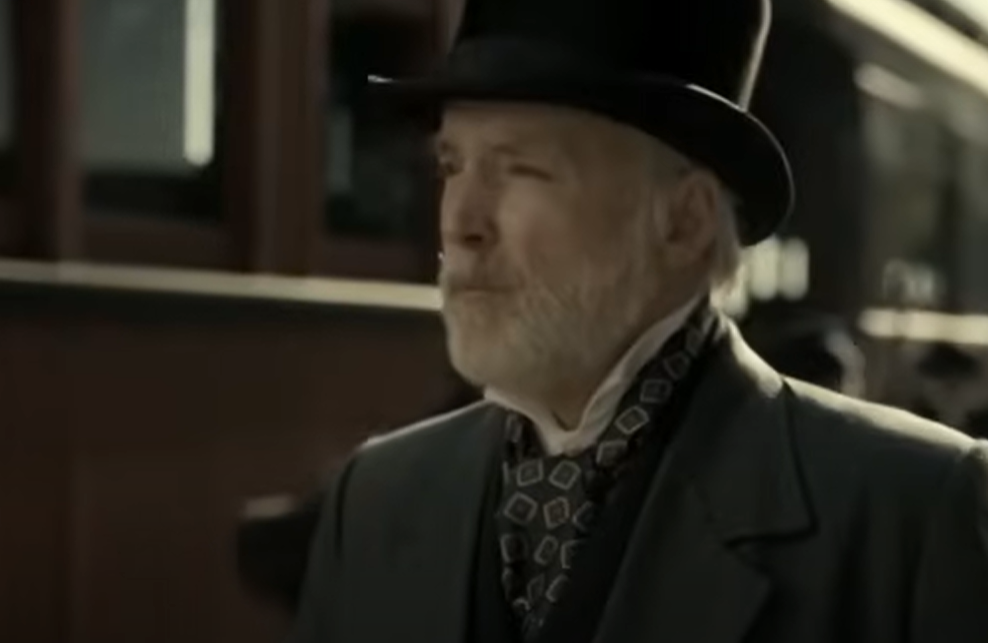 History Channel, The Men Who Built America: The Rise of Cornelius Vanderbilt? (2012)
History Channel, The Men Who Built America: The Rise of Cornelius Vanderbilt? (2012)
44. He Left Them Out
In the wake of his passing, Vanderbilt's children may have been devastated, if only for a bit. Most were more likely bitter, considering they had been left almost nothing from his massive $105 million fortune. In fact, Cornelius divided his inheritance largely between his eldest son William, and his grandsons through him.
The others weren’t going to take this sitting down, though.
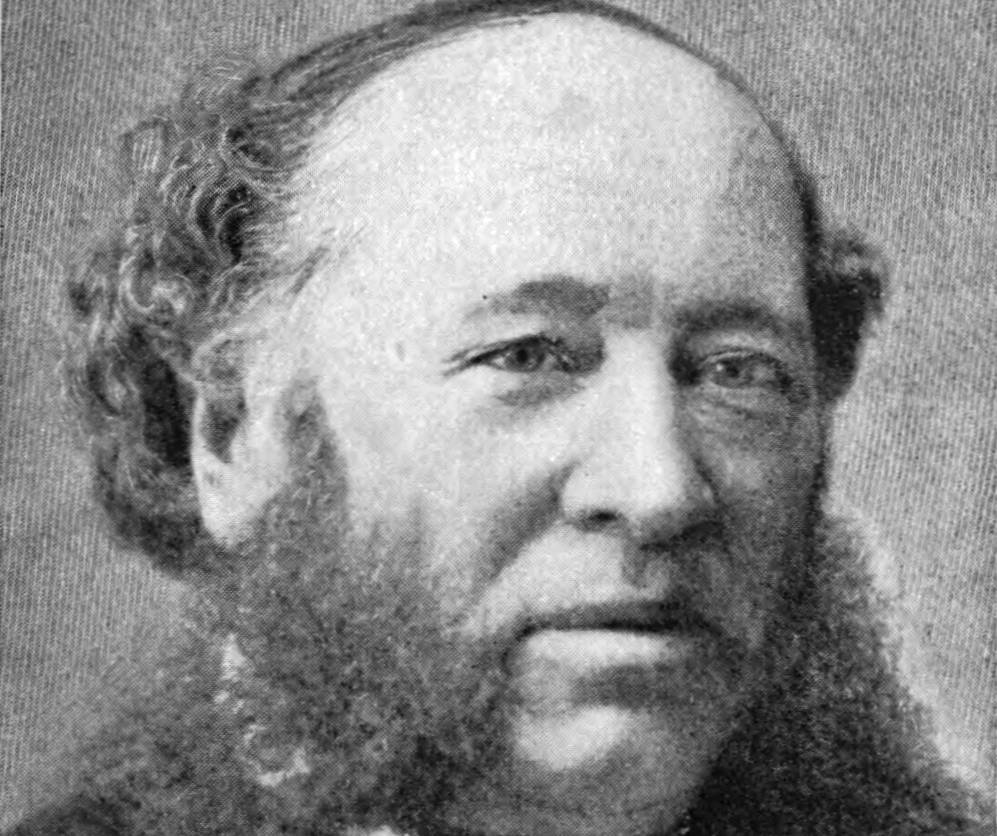 Ida Tarbell, Wikimedia Commons
Ida Tarbell, Wikimedia Commons
45. They Went To Court
As for Vanderbilt's other children, his second-eldest son Cornelius, and his daughters Ethelinda and Mary weren’t willing to accept their father’s final decision. Aside from the Commodore’s diminished mental faculties, his children argued that their older brother William had poisoned him against them.
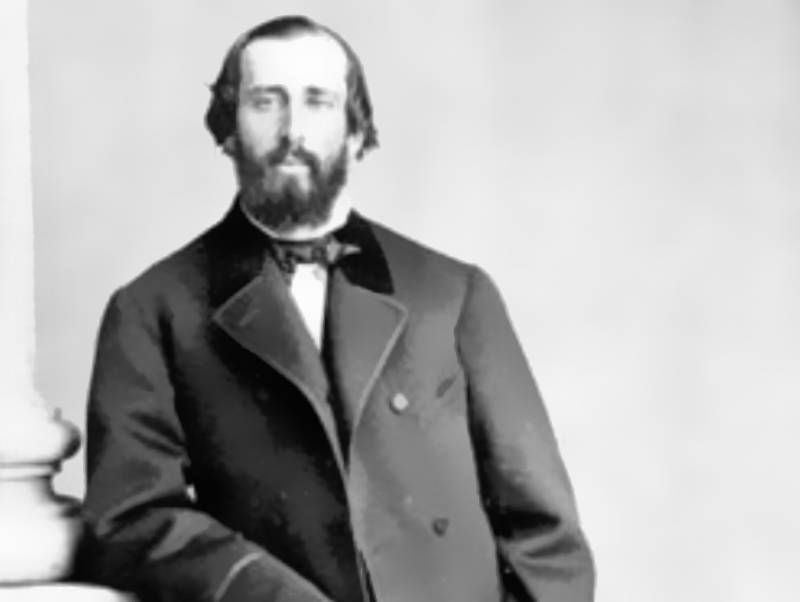 Unknown Author, Wikimedia Commons
Unknown Author, Wikimedia Commons
46. He Schemed
According to his siblings’ accusations, William Vanderbilt had taken advantage of the Commodore’s beliefs to gain the family inheritance. Just as Cornelius had contacted the spiritual Chaflin sisters, the other Vanderbilt siblings claimed that William hired a medium named Mr Stoddard as part of a devious ruse.
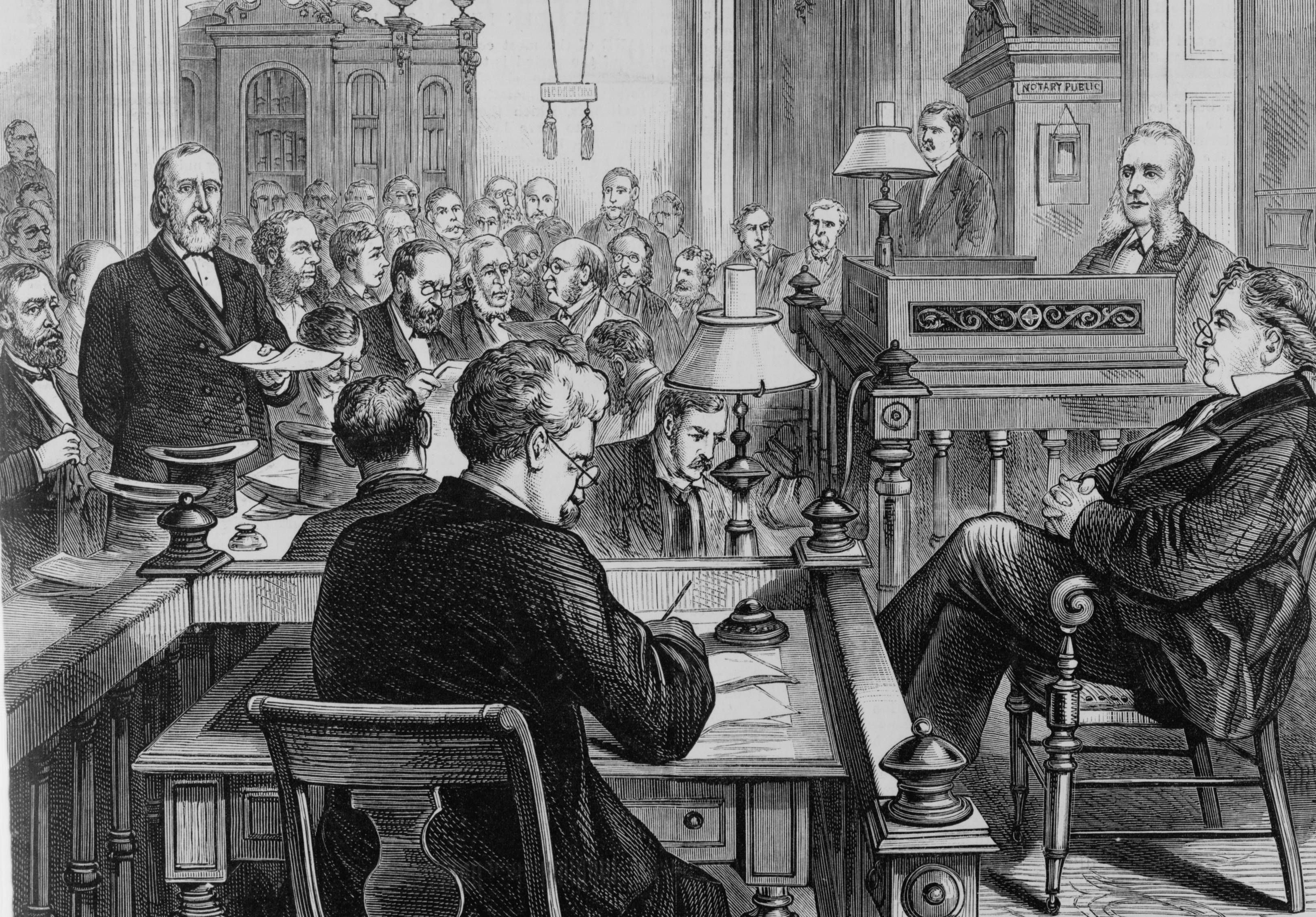 Frank Leslie's Illustrated Newspaper, Wikimedia Commons
Frank Leslie's Illustrated Newspaper, Wikimedia Commons
47. She Came From Beyond
In this alleged account, William hired Stoddard to perform a séance for the Commodore—one where the spirits would say exactly what William wanted. In this case, Stoddard reportedly took on the voice of Cornelius’ late first wife, Sophia, who told the Commodore that all his children hated him except for William, making him the most worthy of inheritance.
The truth remains in dispute to this day—but it was William who blinked first.
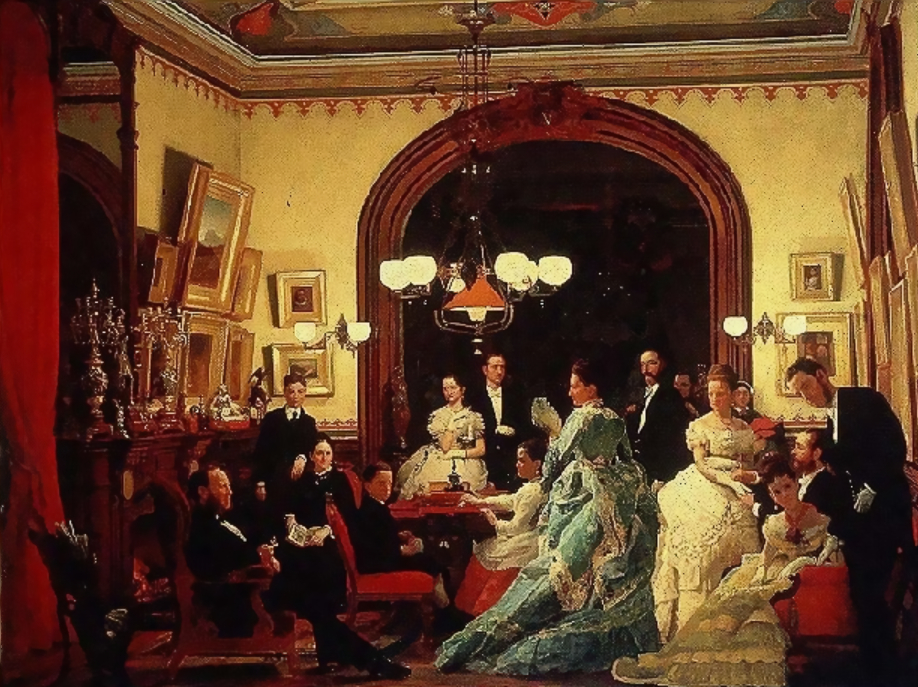 Unknown Author, Wikimedia Commons
Unknown Author, Wikimedia Commons
48. He Gave Up
William’s siblings weren’t shy about their claims of his treachery, which shined a poor and humiliating light on the eldest Vanderbilt son and his family. To put the issue to rest, he settled on giving his brother and two sisters extra cash and trust funds that, while substantial, still paled in comparison to the total inheritance.
Of course, all of the Vanderbilt children had reason to be bitter.
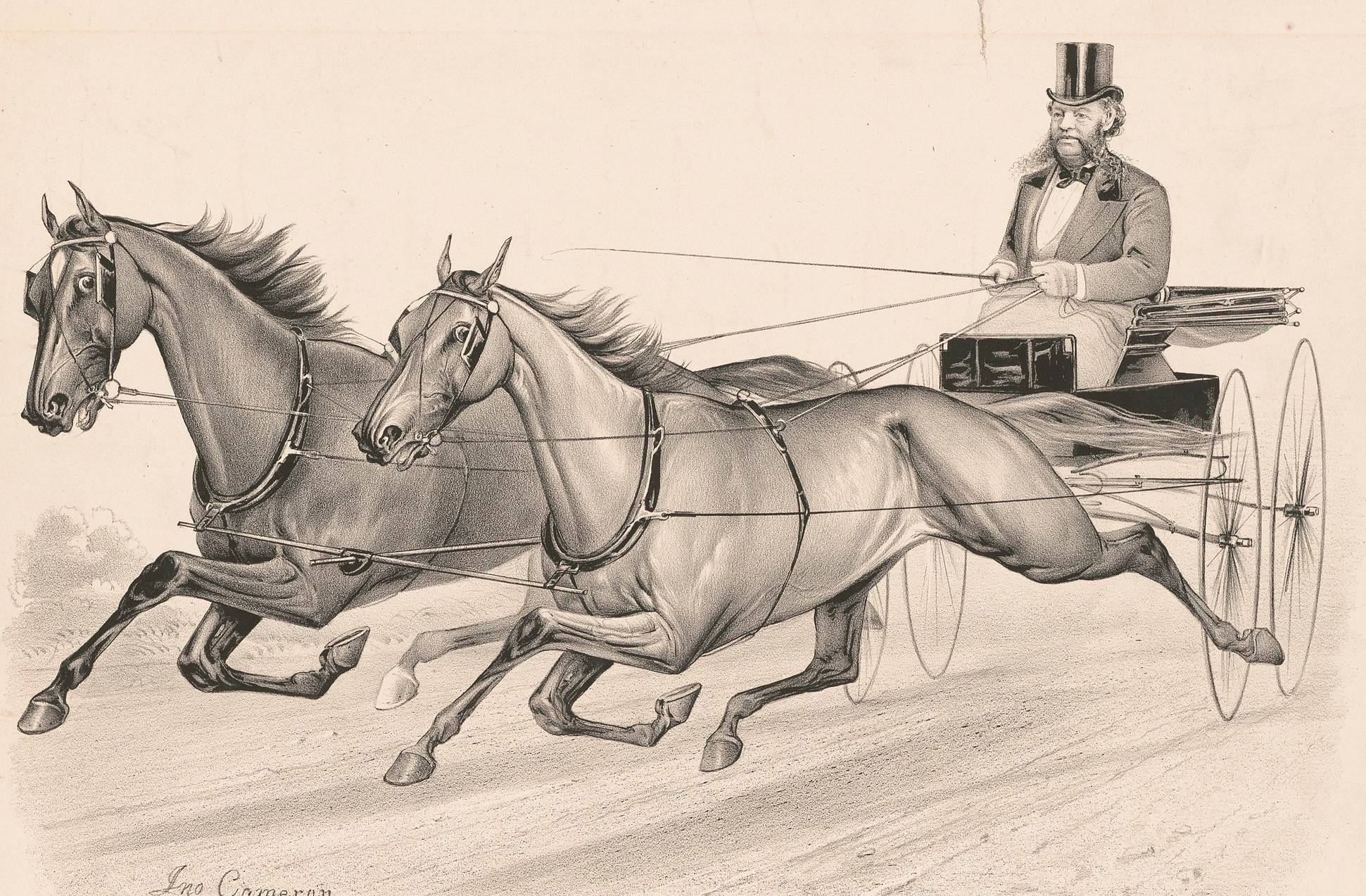 Popular Graphic Arts, Wikimedia Commons
Popular Graphic Arts, Wikimedia Commons
49. He Was A Cad
While it may have been a shock for the Commodore’s son, Cornelius, to receive such little inheritance, his daughters likely expected as much. The Commodore had always wanted more sons and made his disappointment of his daughters clear with his neglect.
His misogyny and disrespect didn’t stop there, as he frequently cheated on his wife as well. But despite his flaws, his achievements would live beyond him.
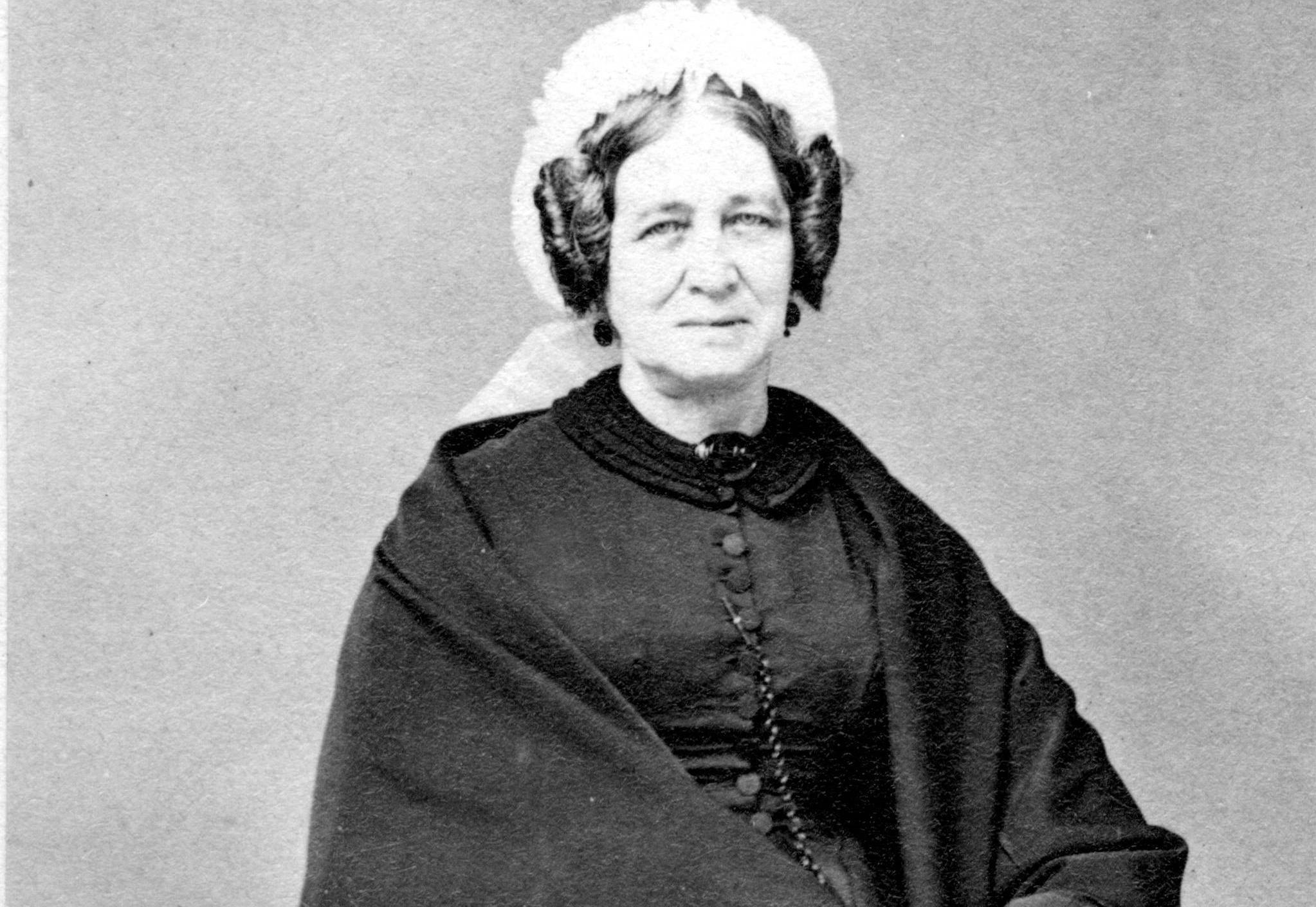 Unknown Author, Wikimedia Commons
Unknown Author, Wikimedia Commons
50. He Was Honored Later
Although he did so through hostile takeovers and merciless schemes, it’s undeniable that Commodore Cornelius Vanderbilt greatly impacted and improved the world of transportation during the Industrial Revolution. In keeping with his achievements, many have honored or memorialized him, such as the North America Railway Hall of Fame, which inducted him in 1999.
You May Also Like:
Bobby Fischer’s Tragic Endgame
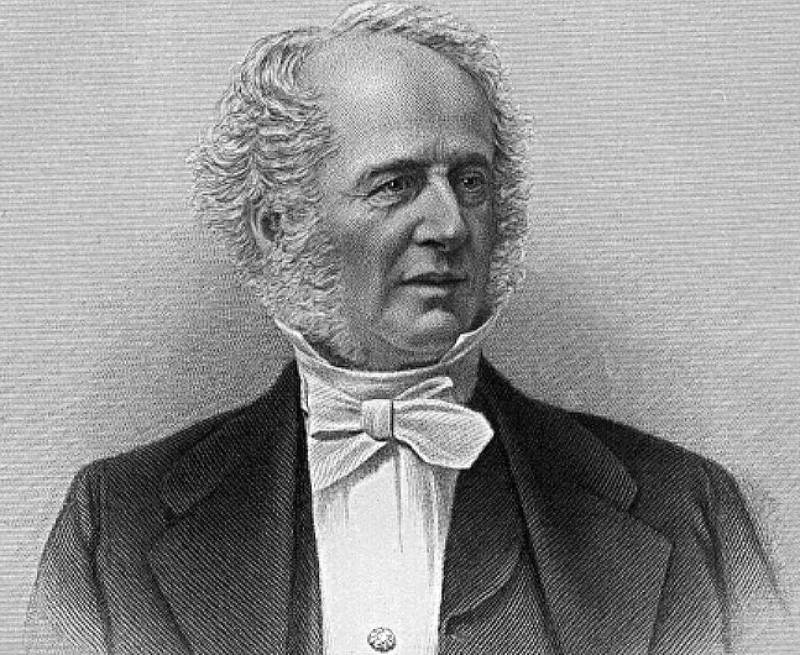 John Chester Buttre, Wikimedia Commons
John Chester Buttre, Wikimedia Commons

